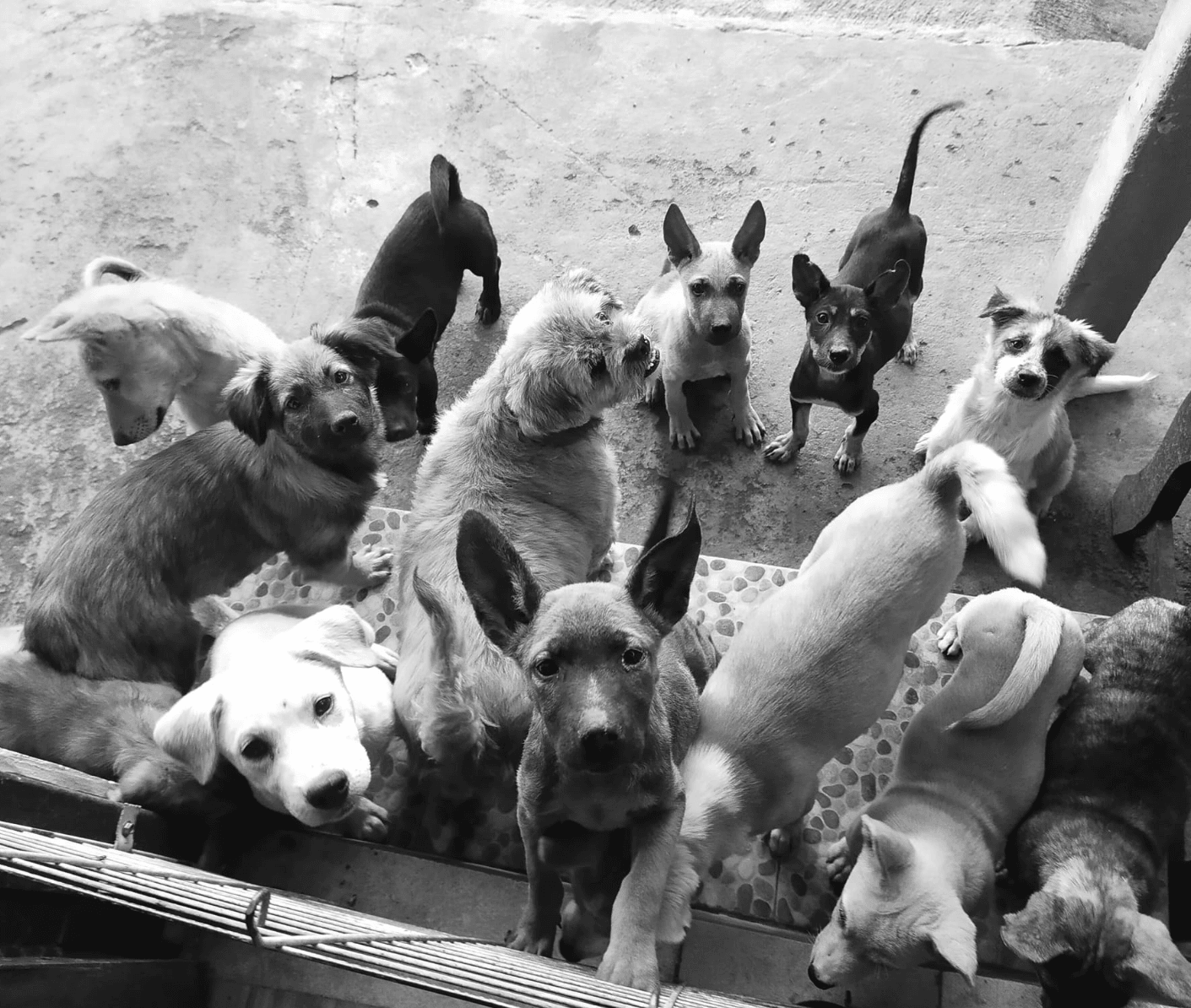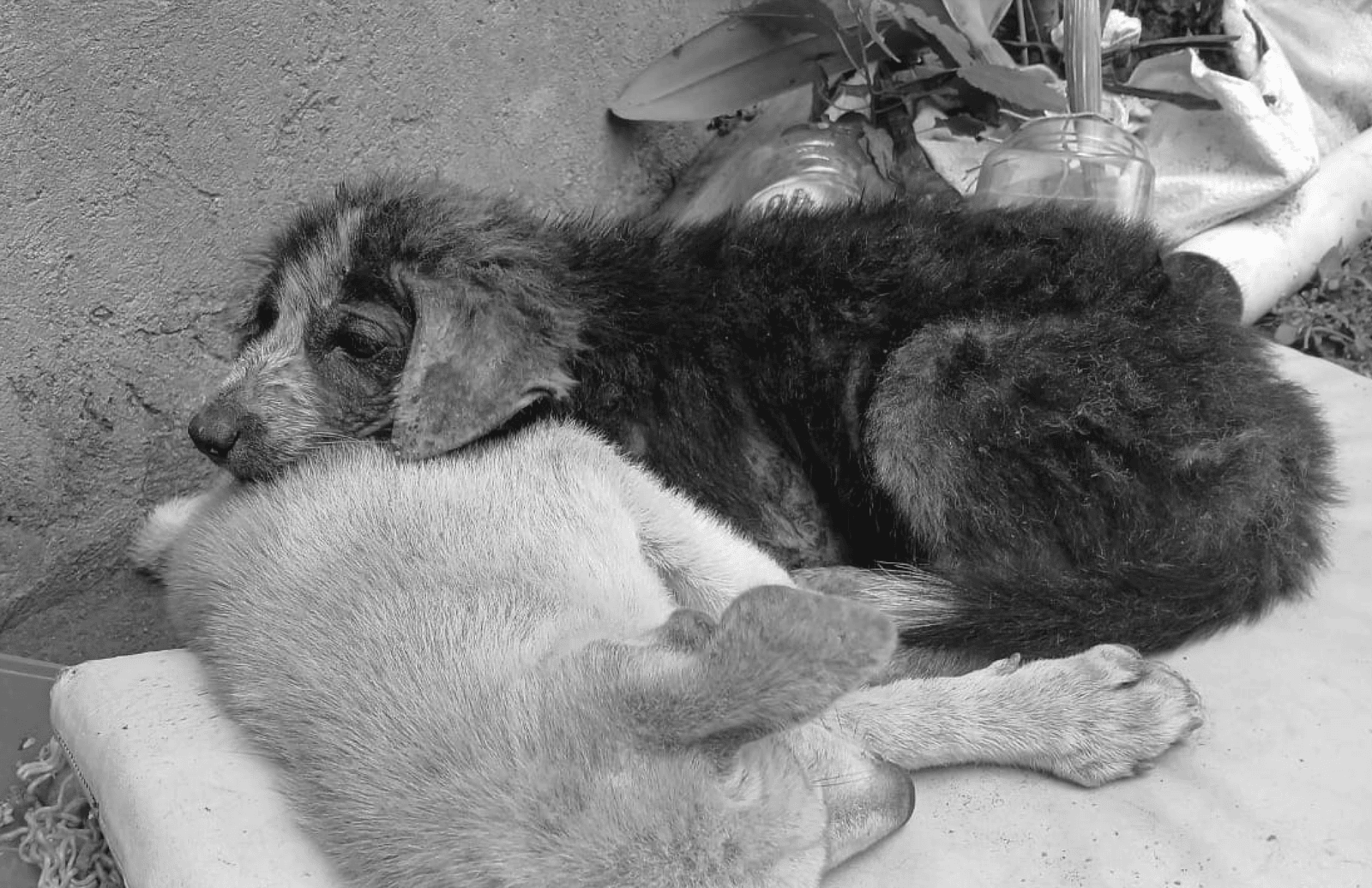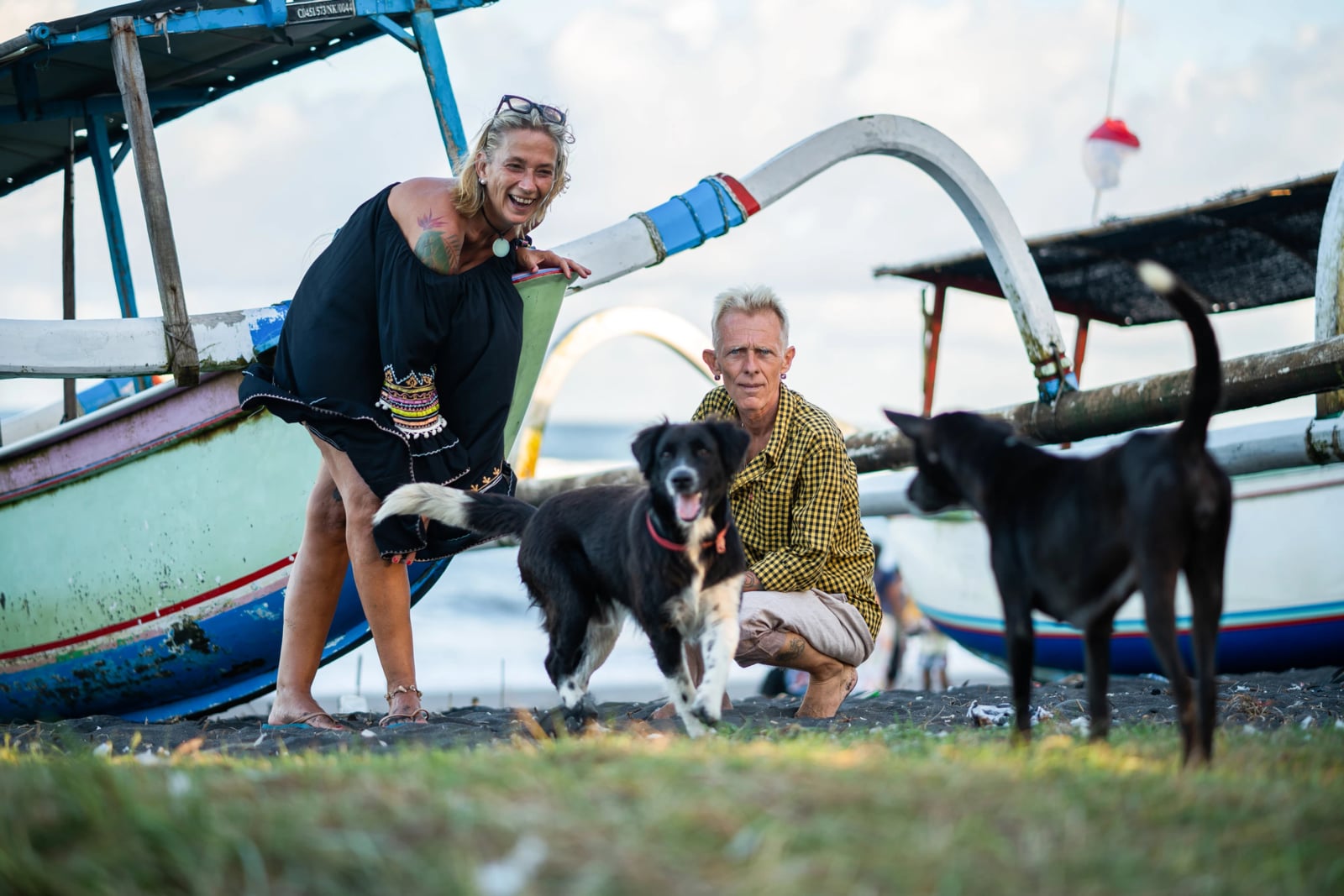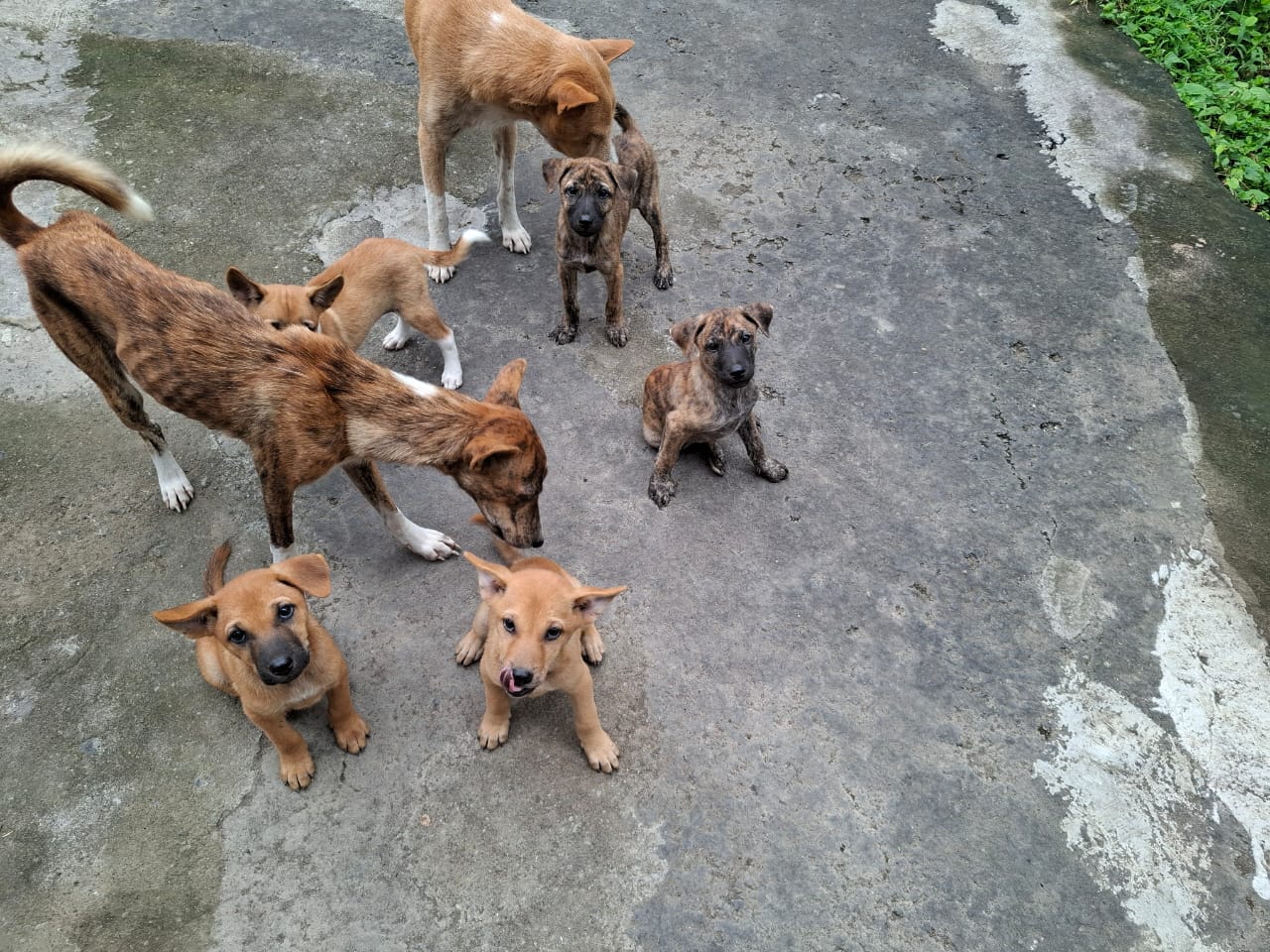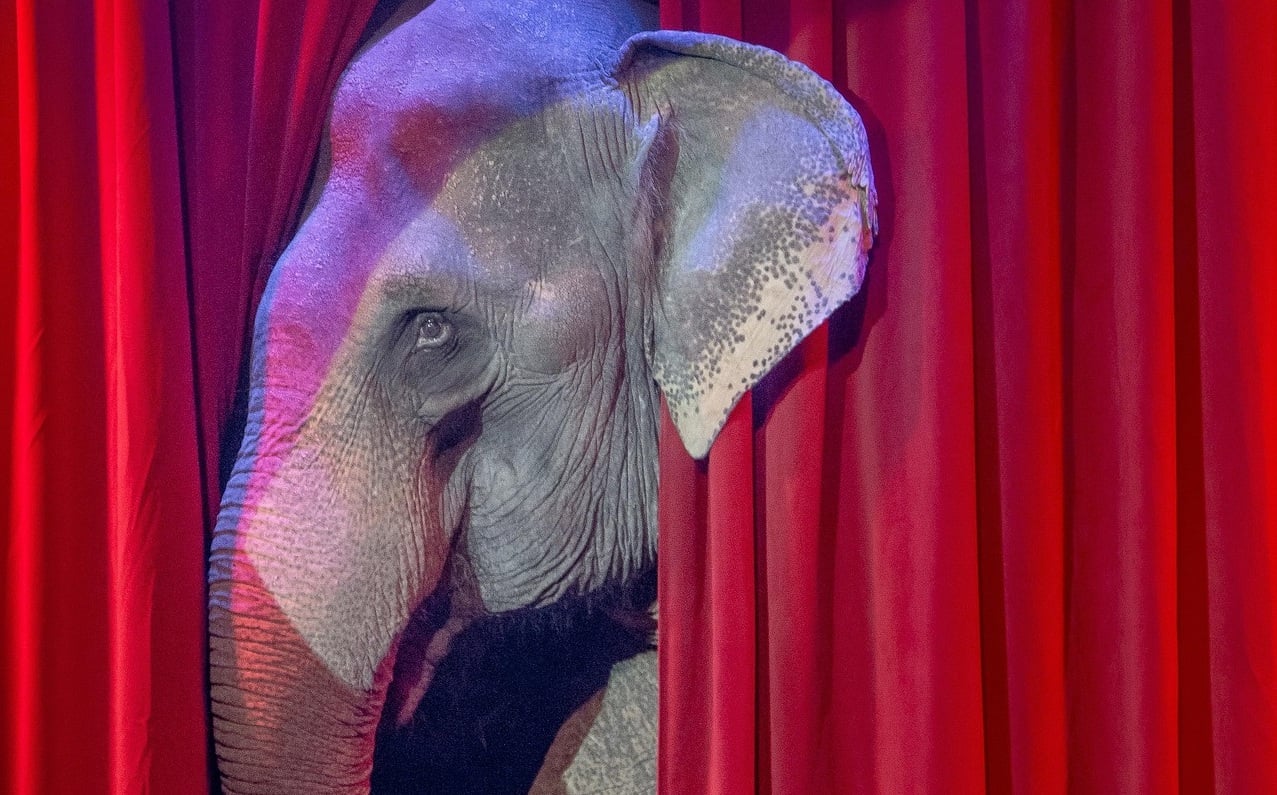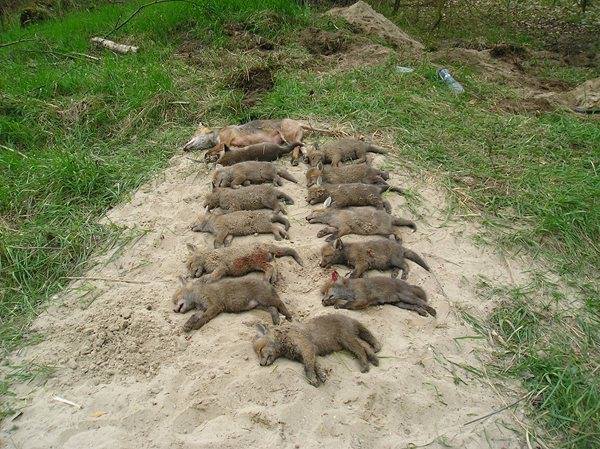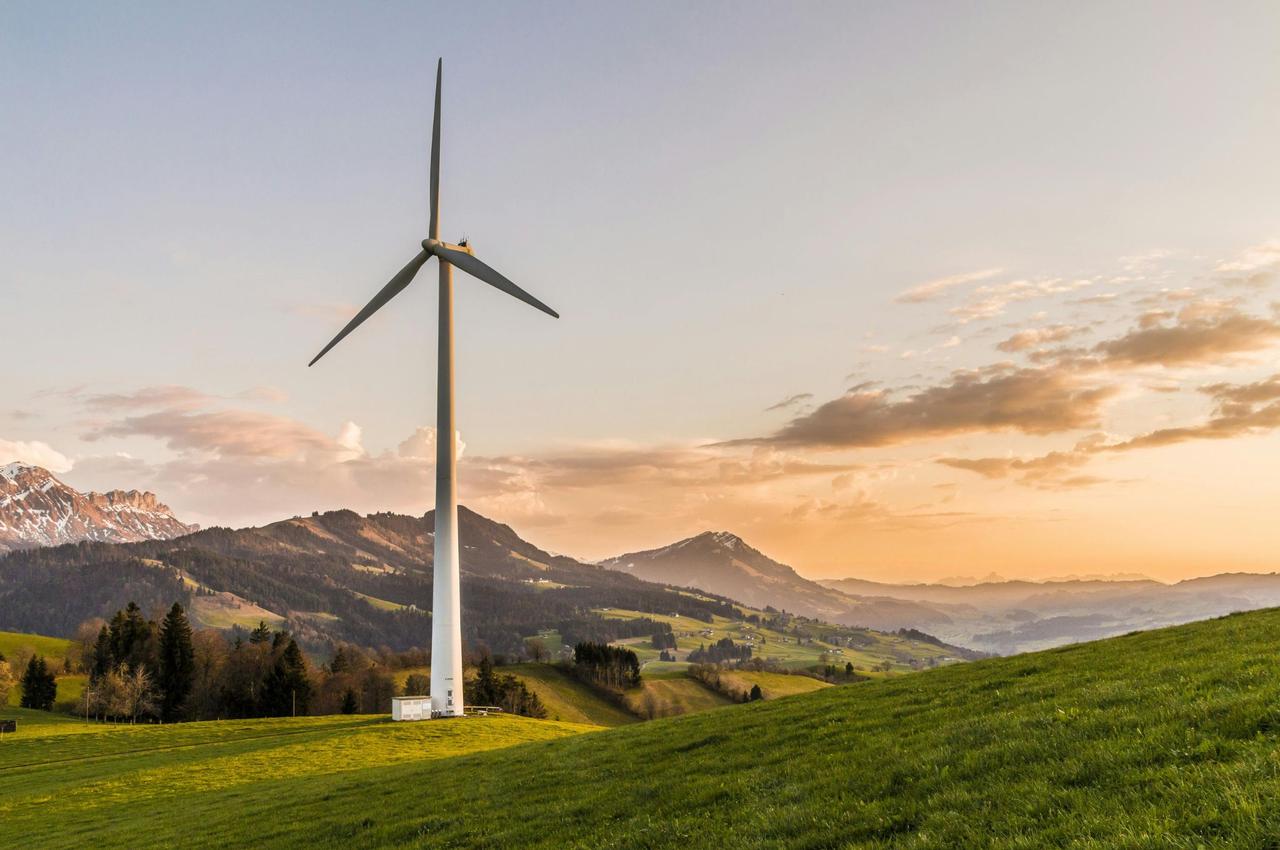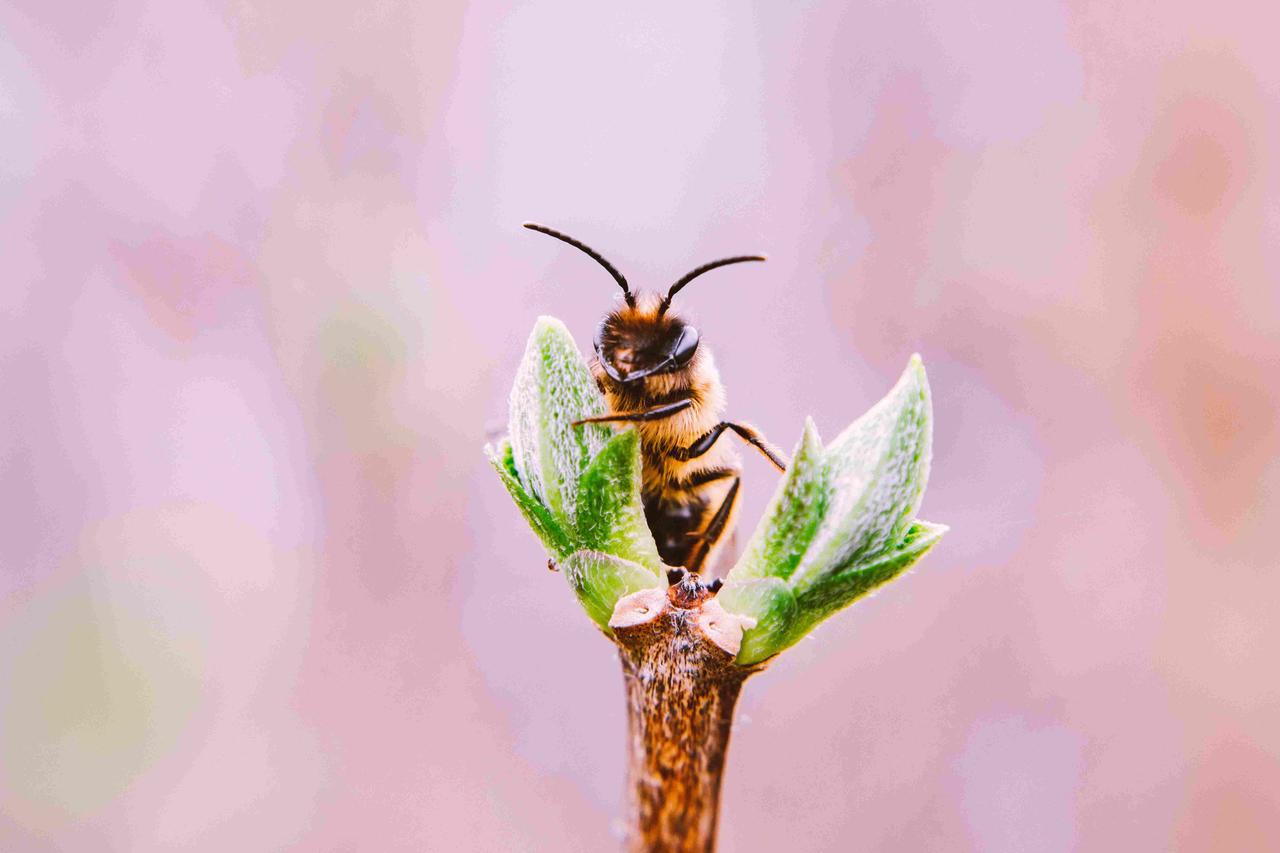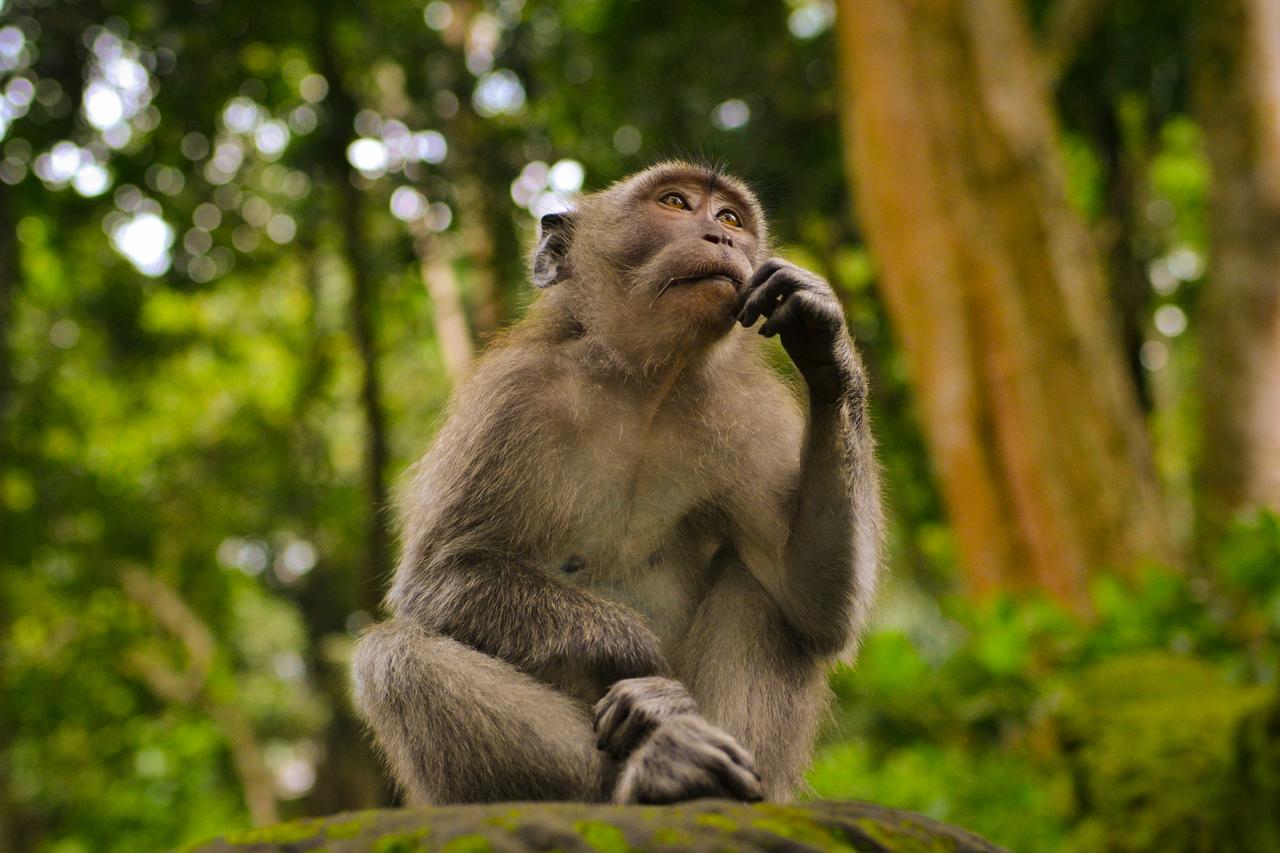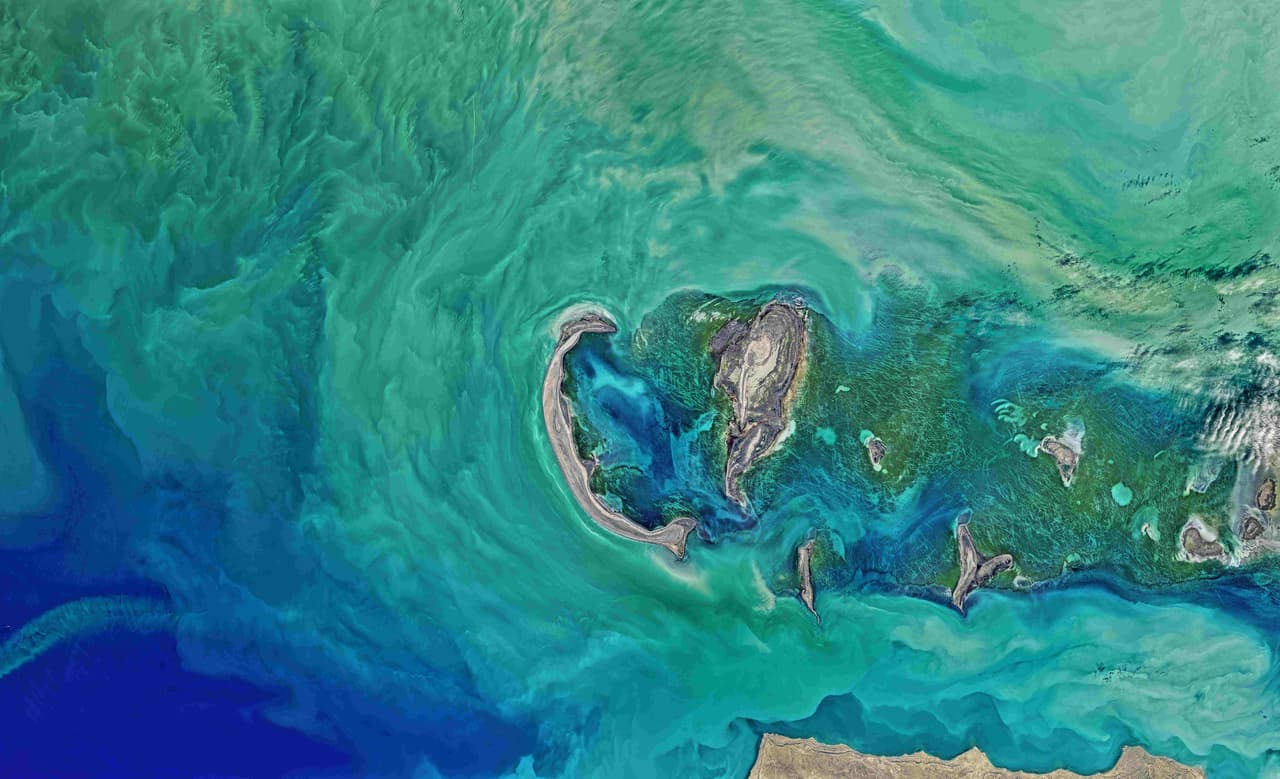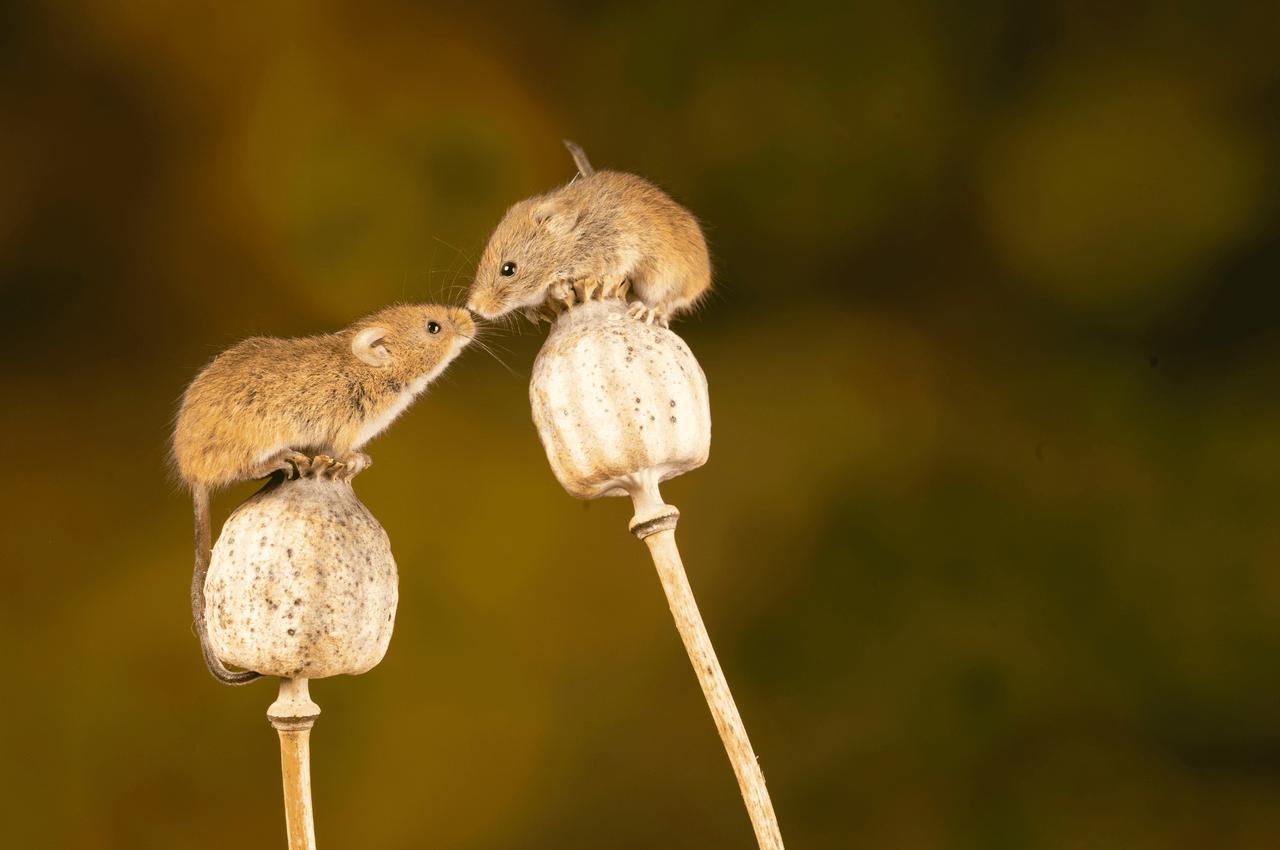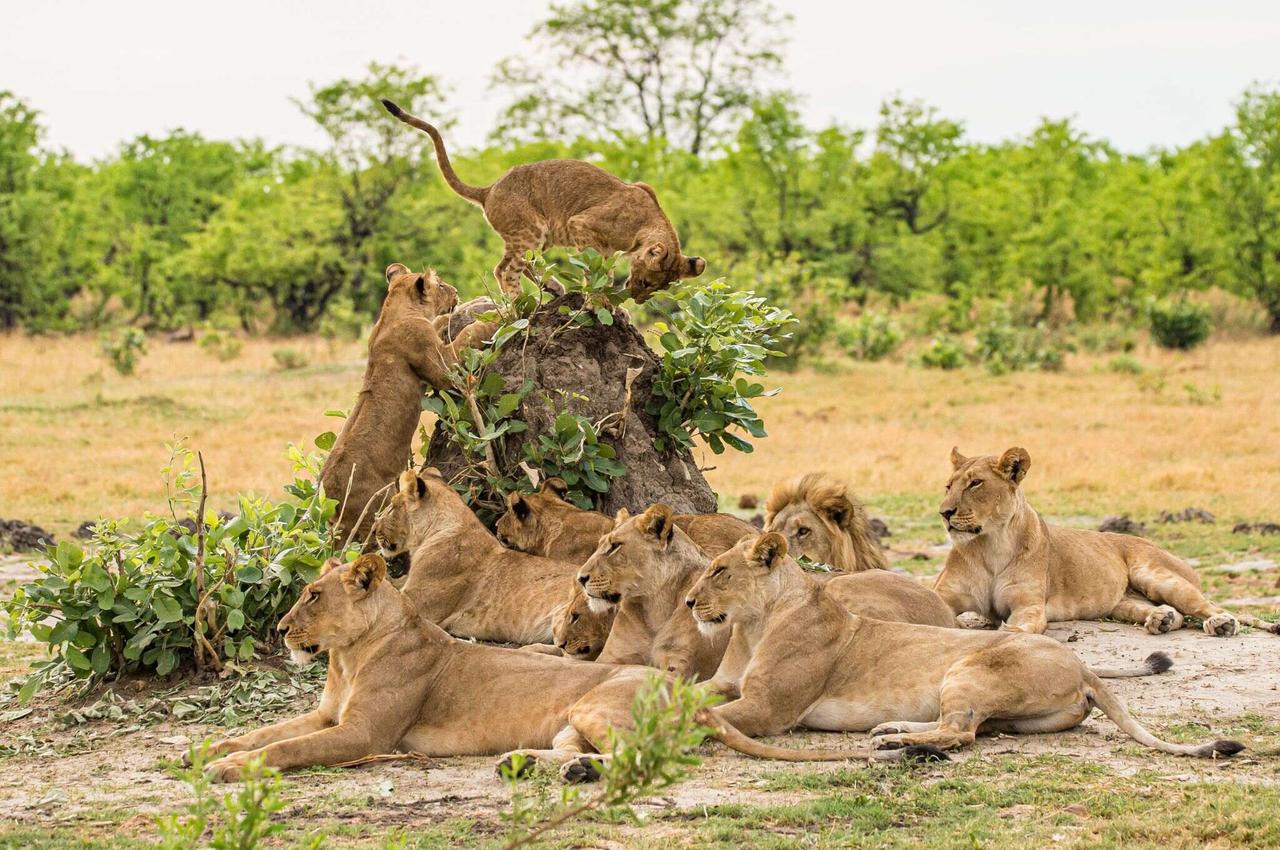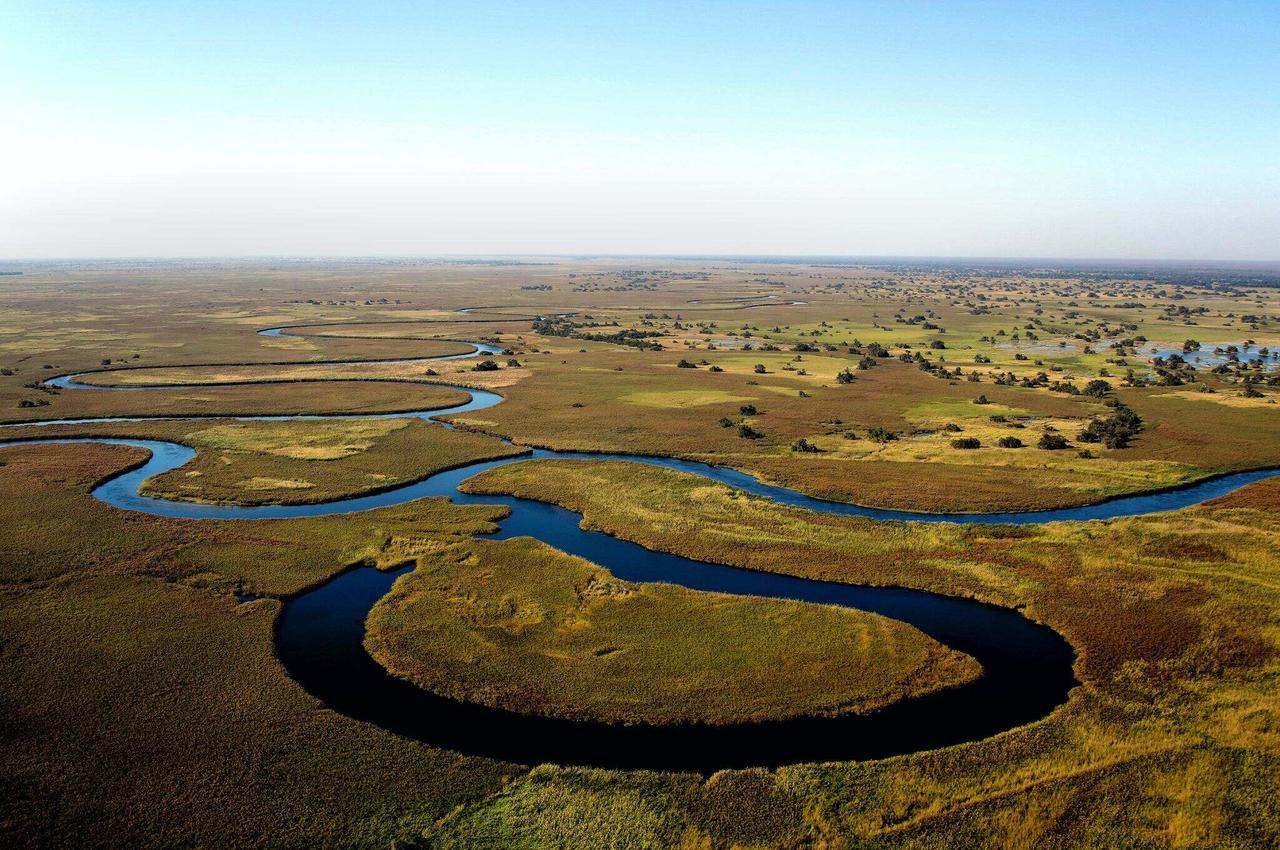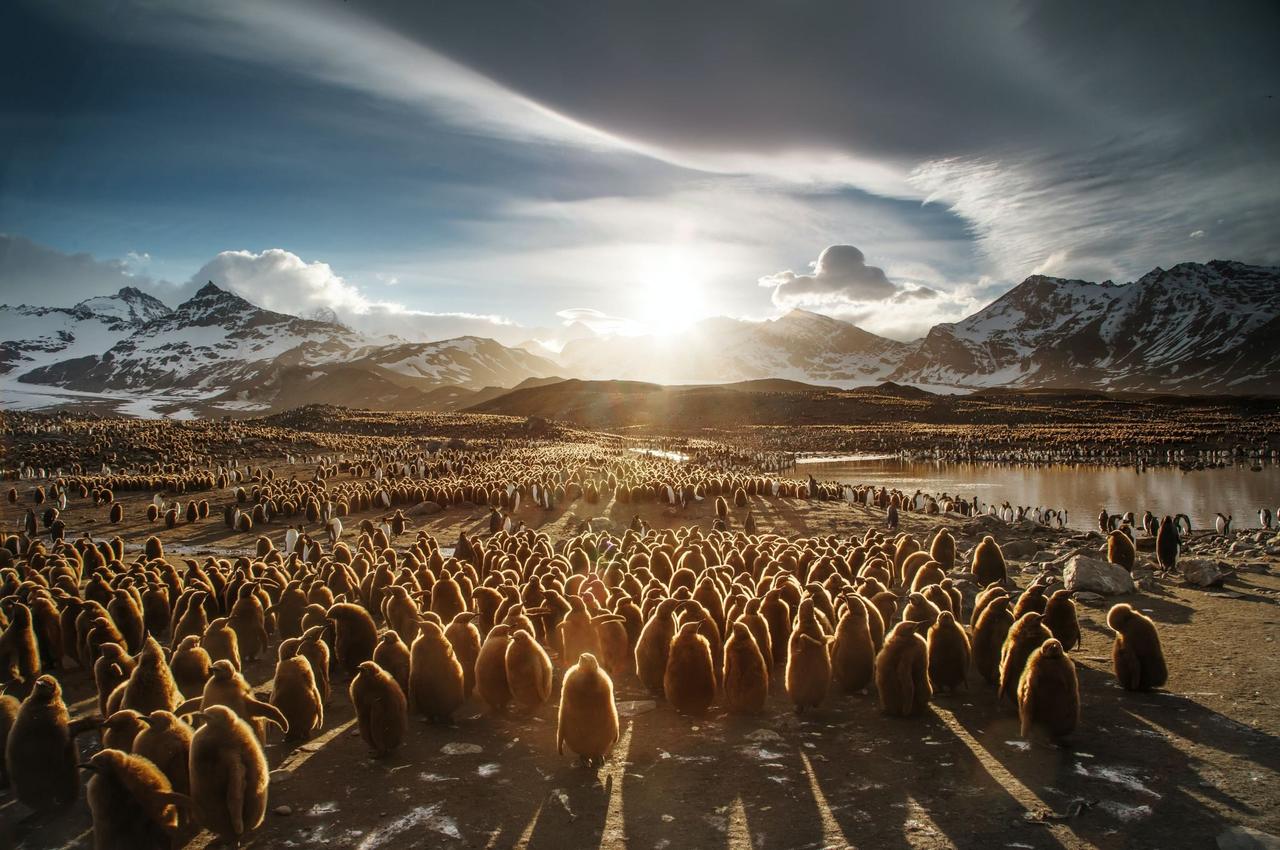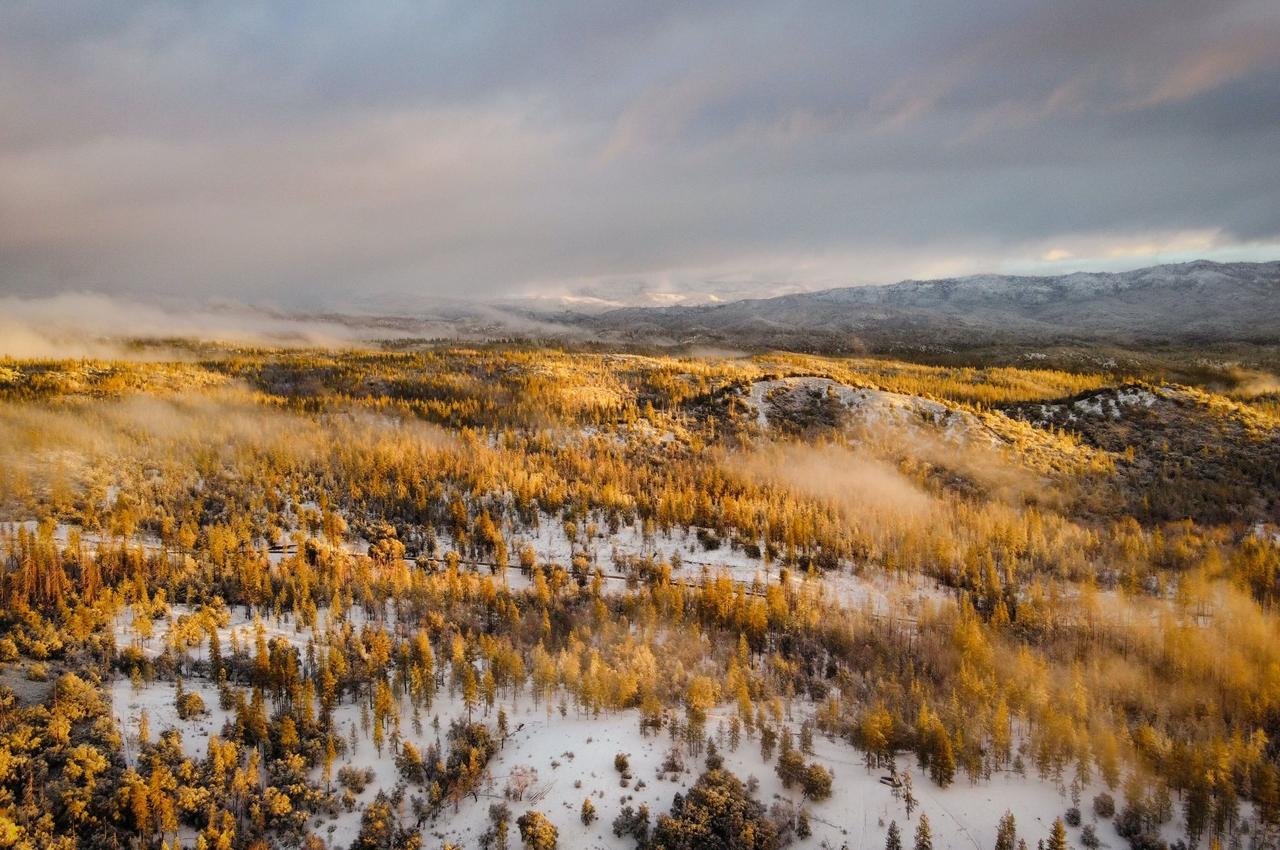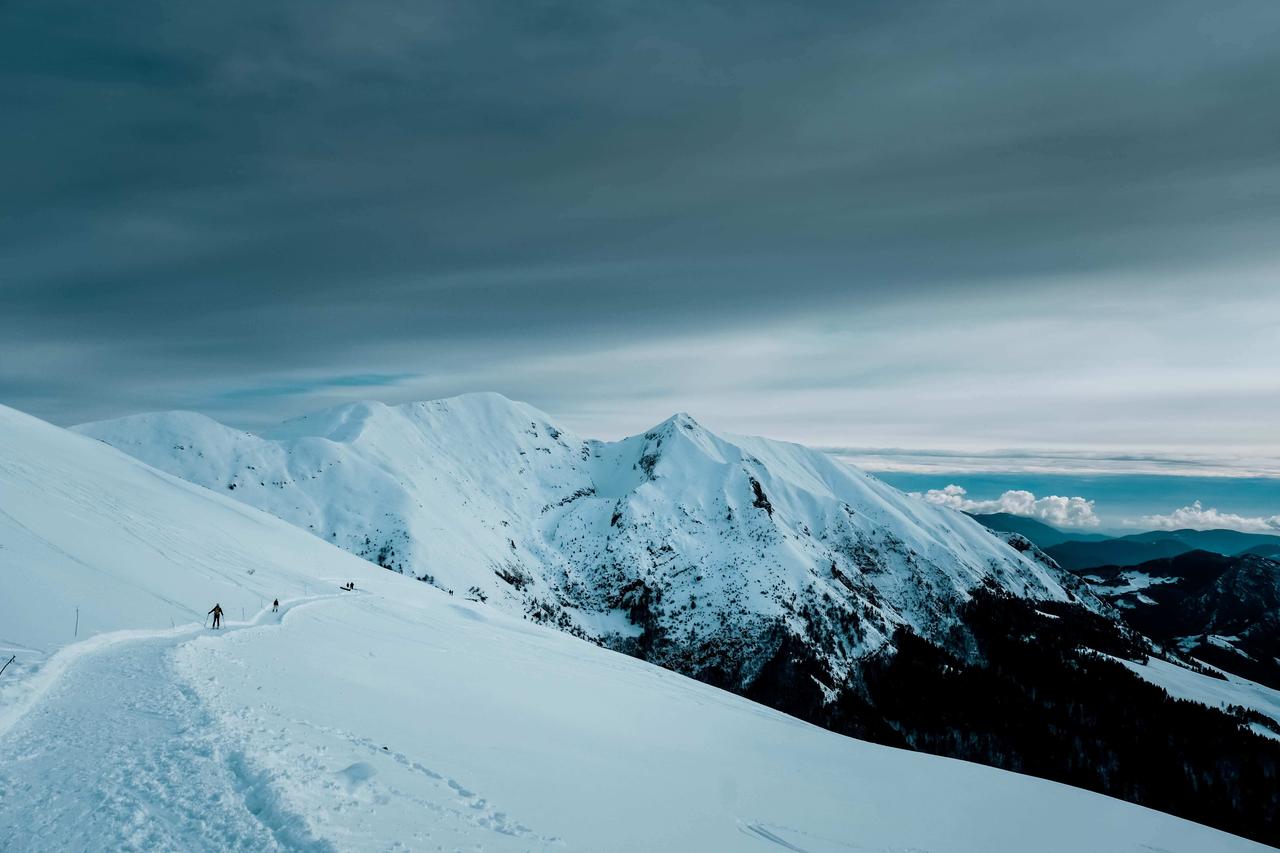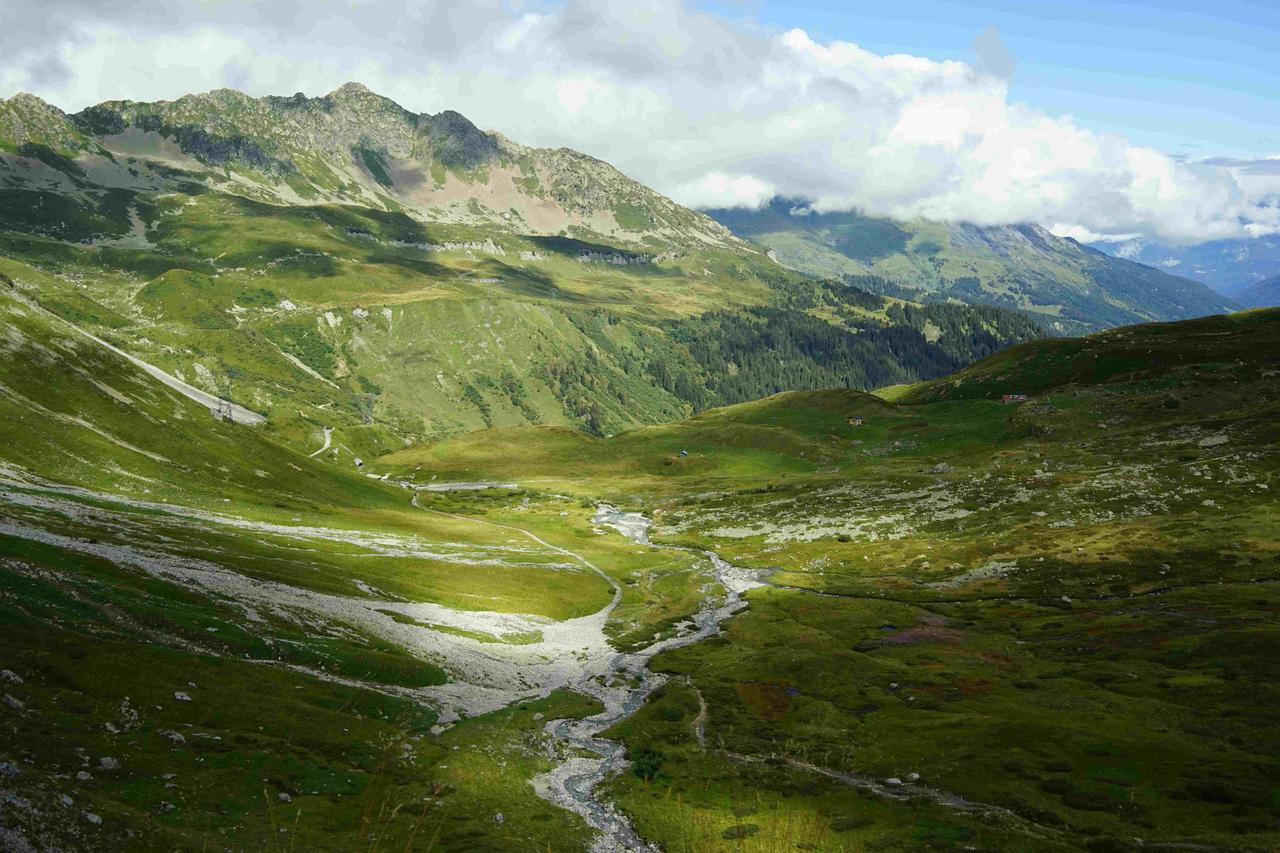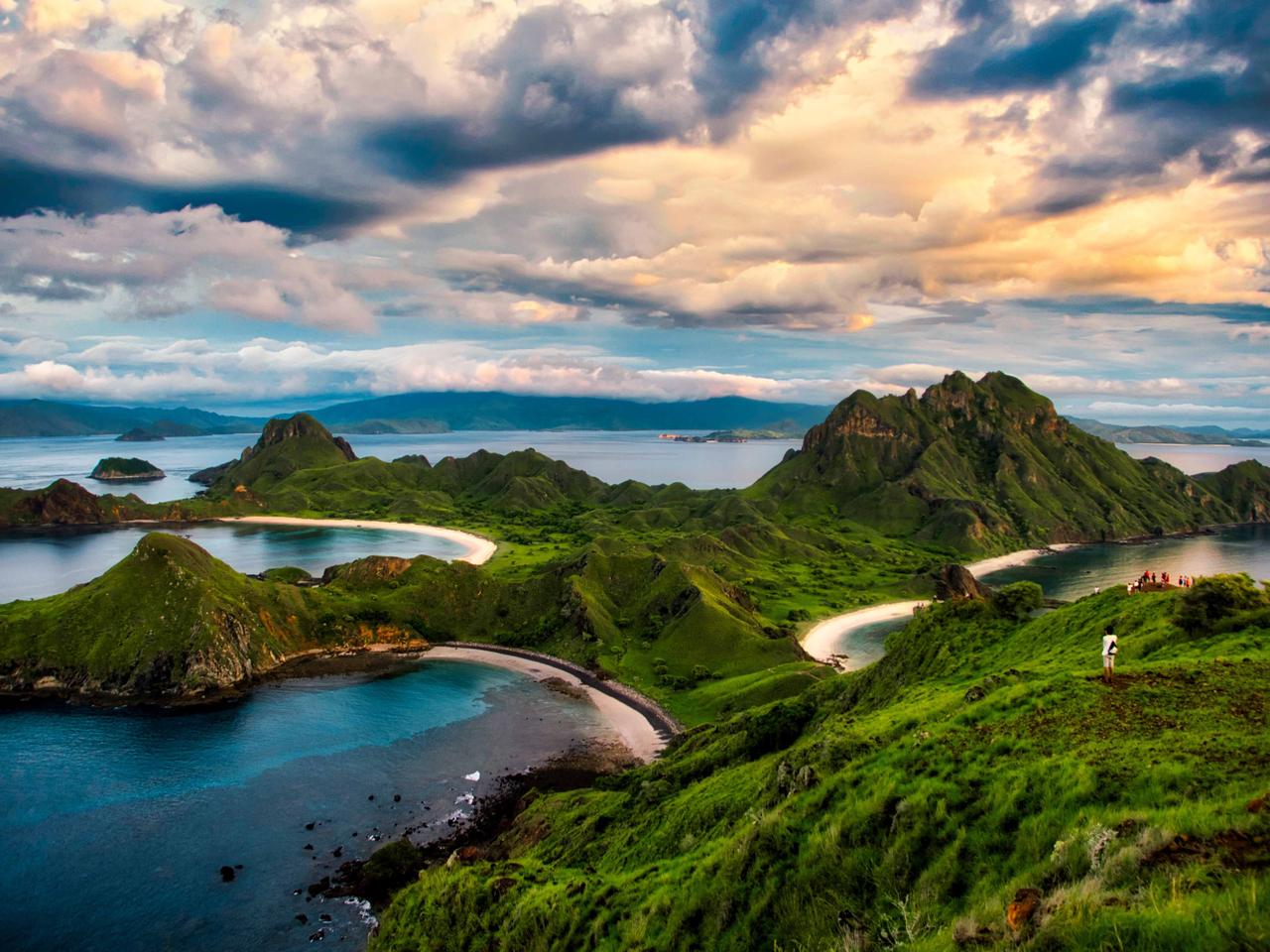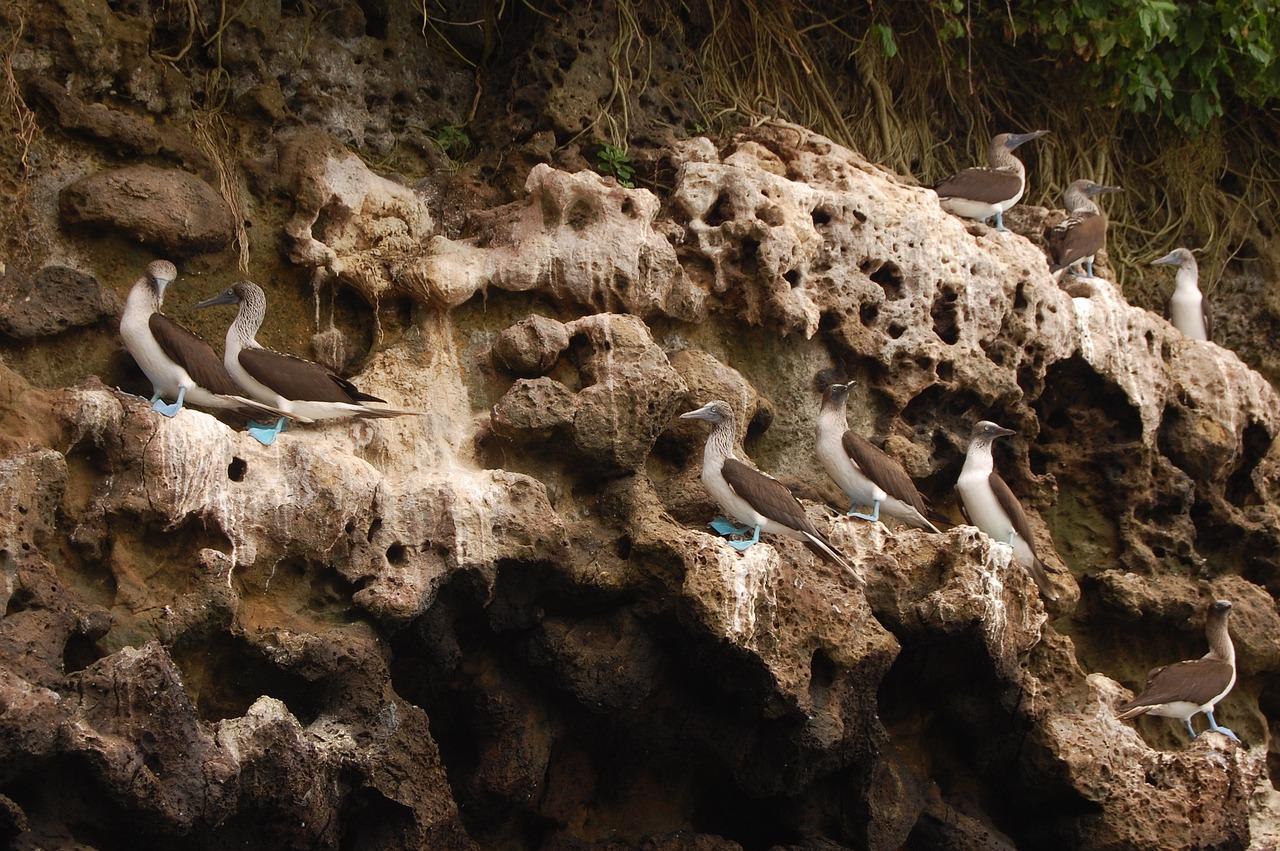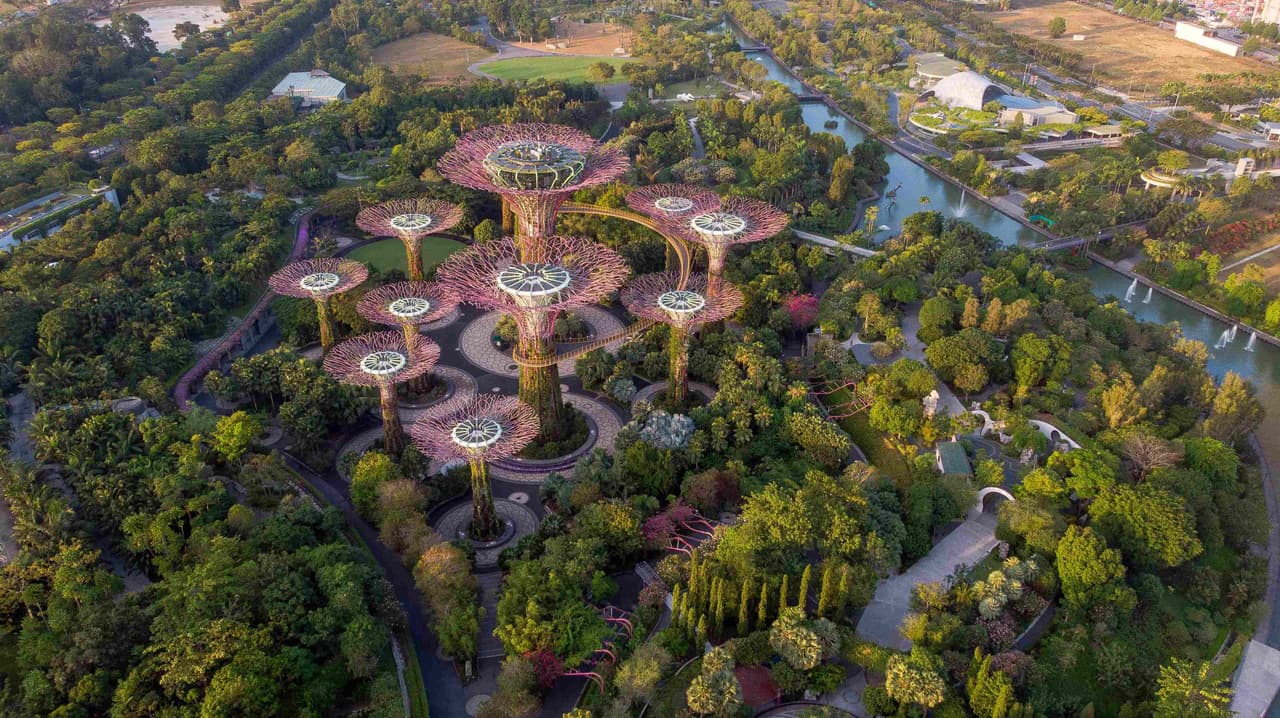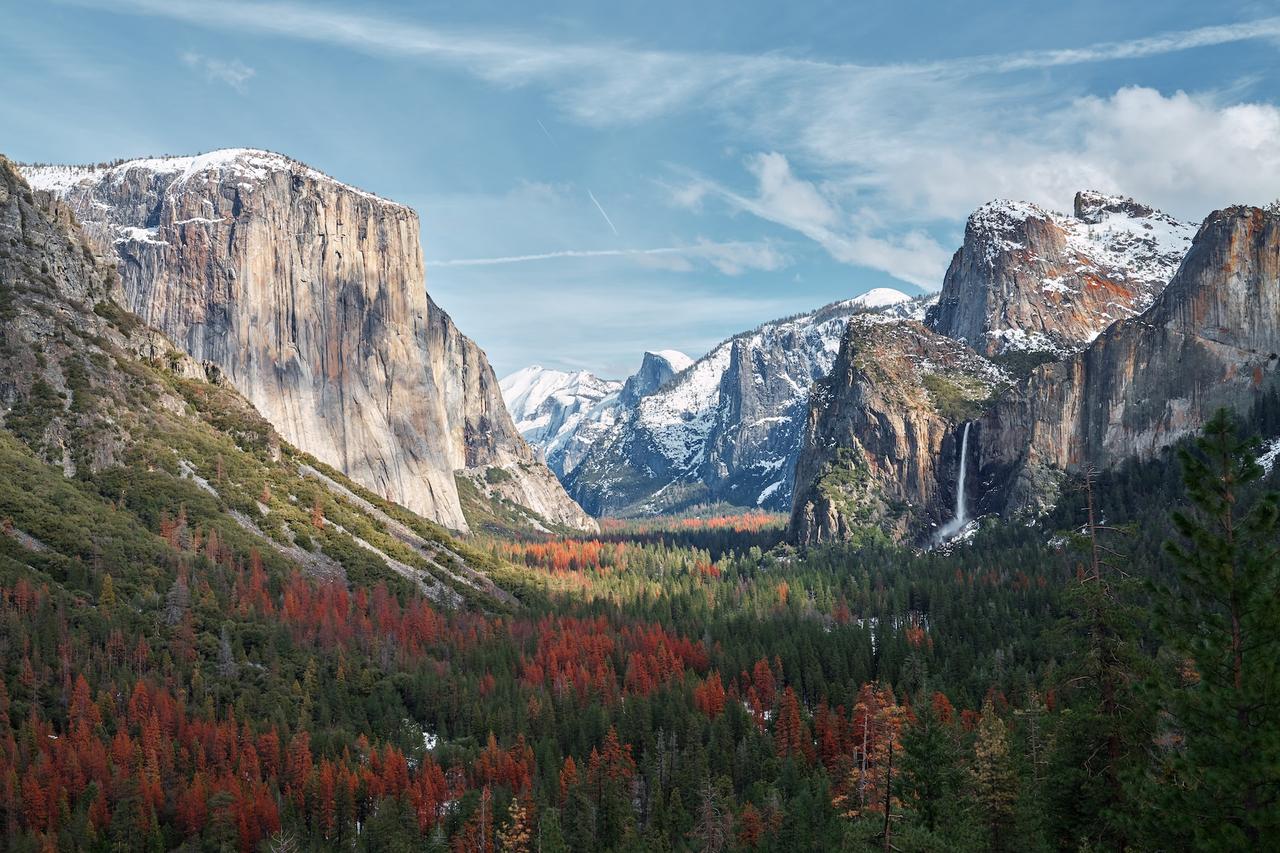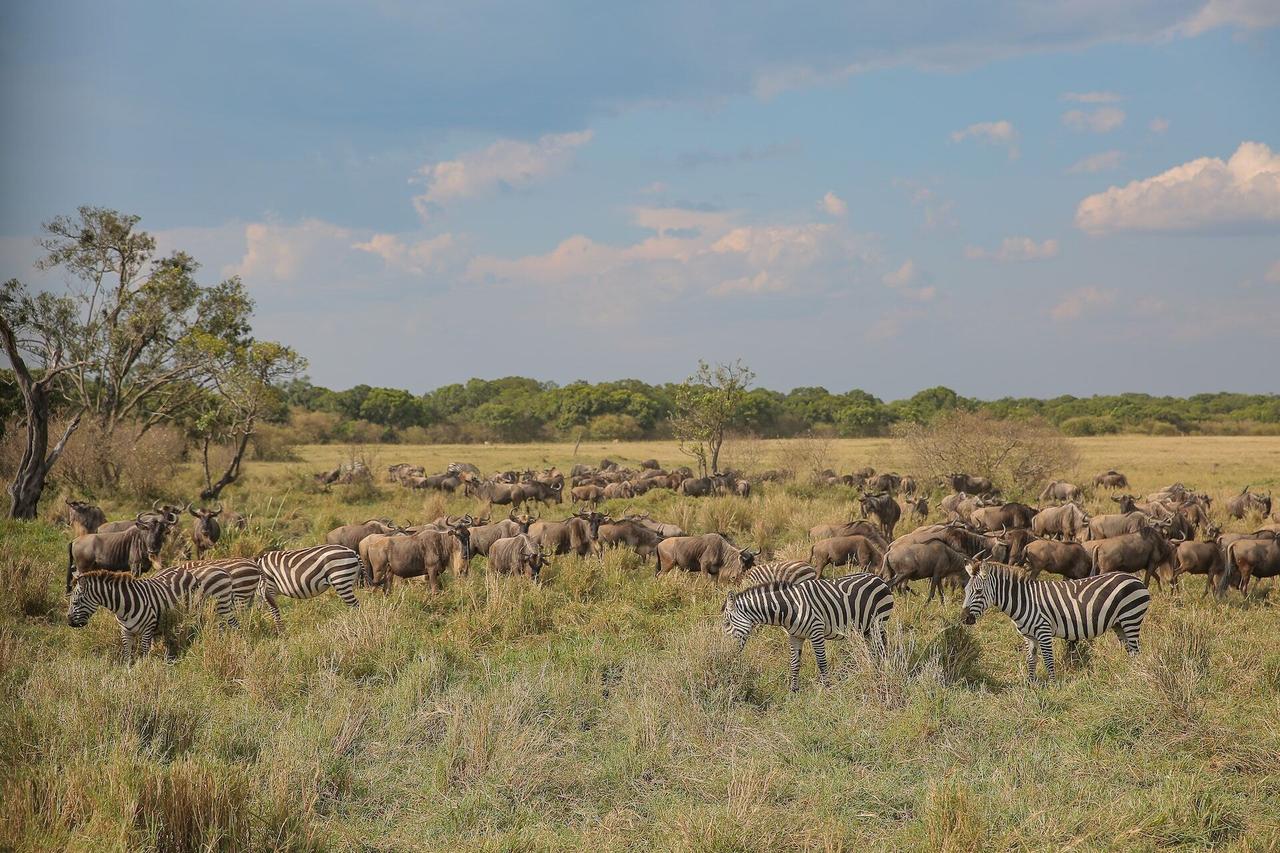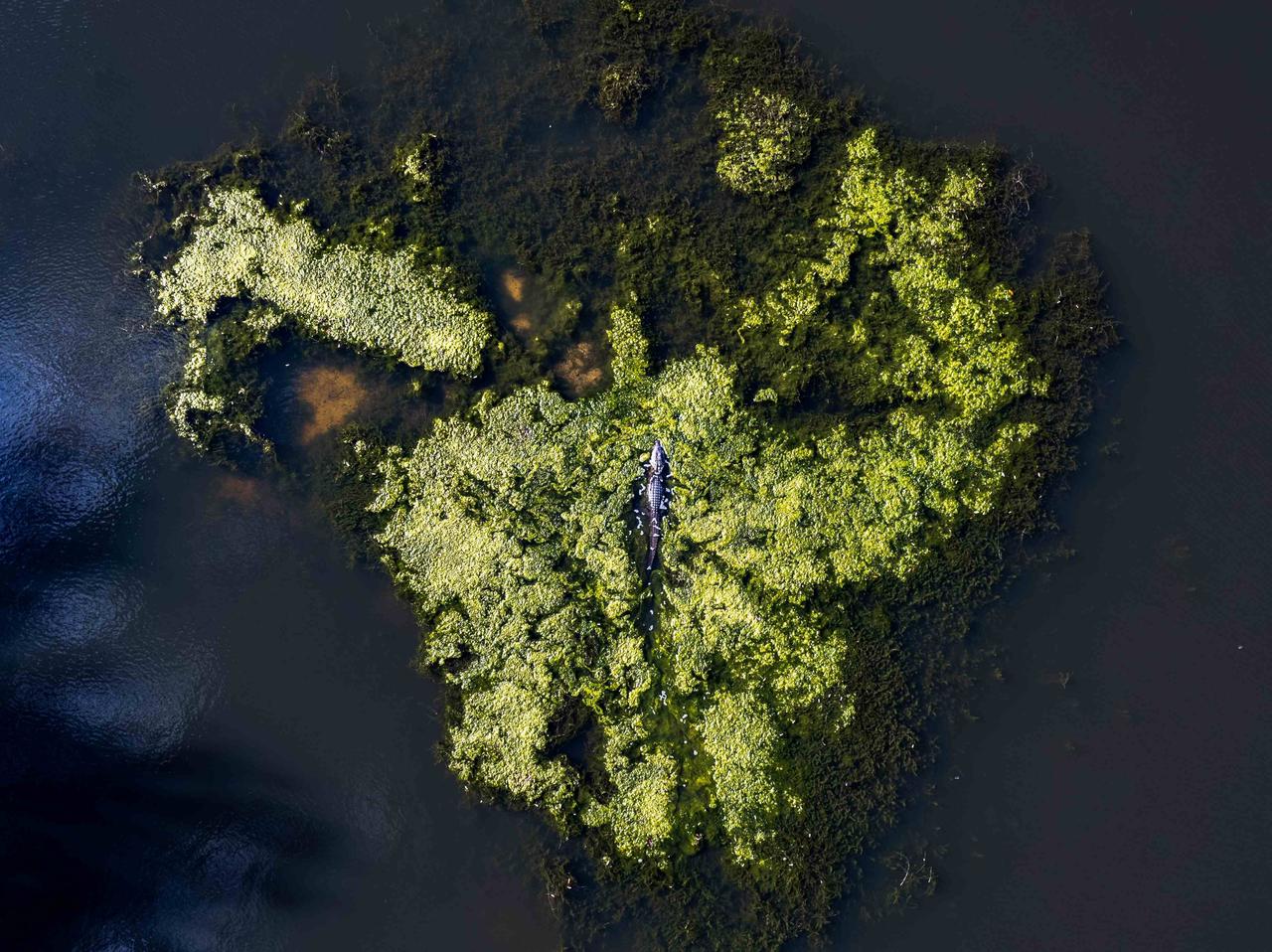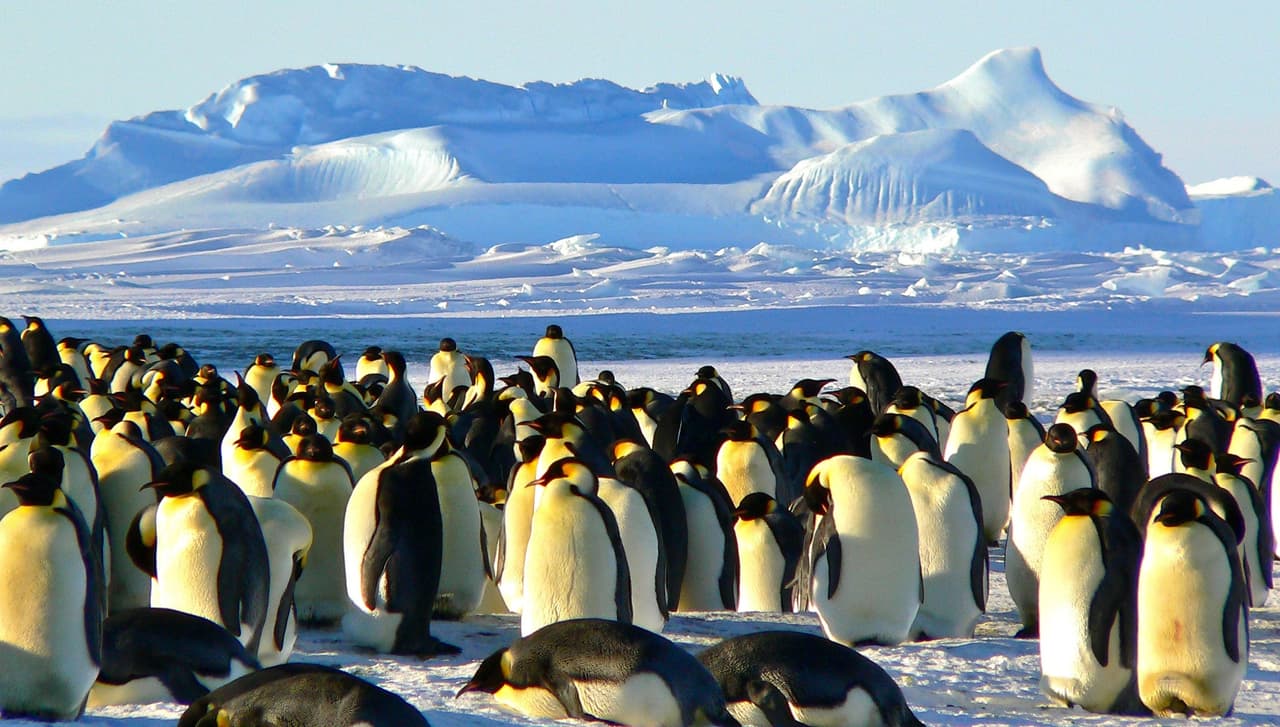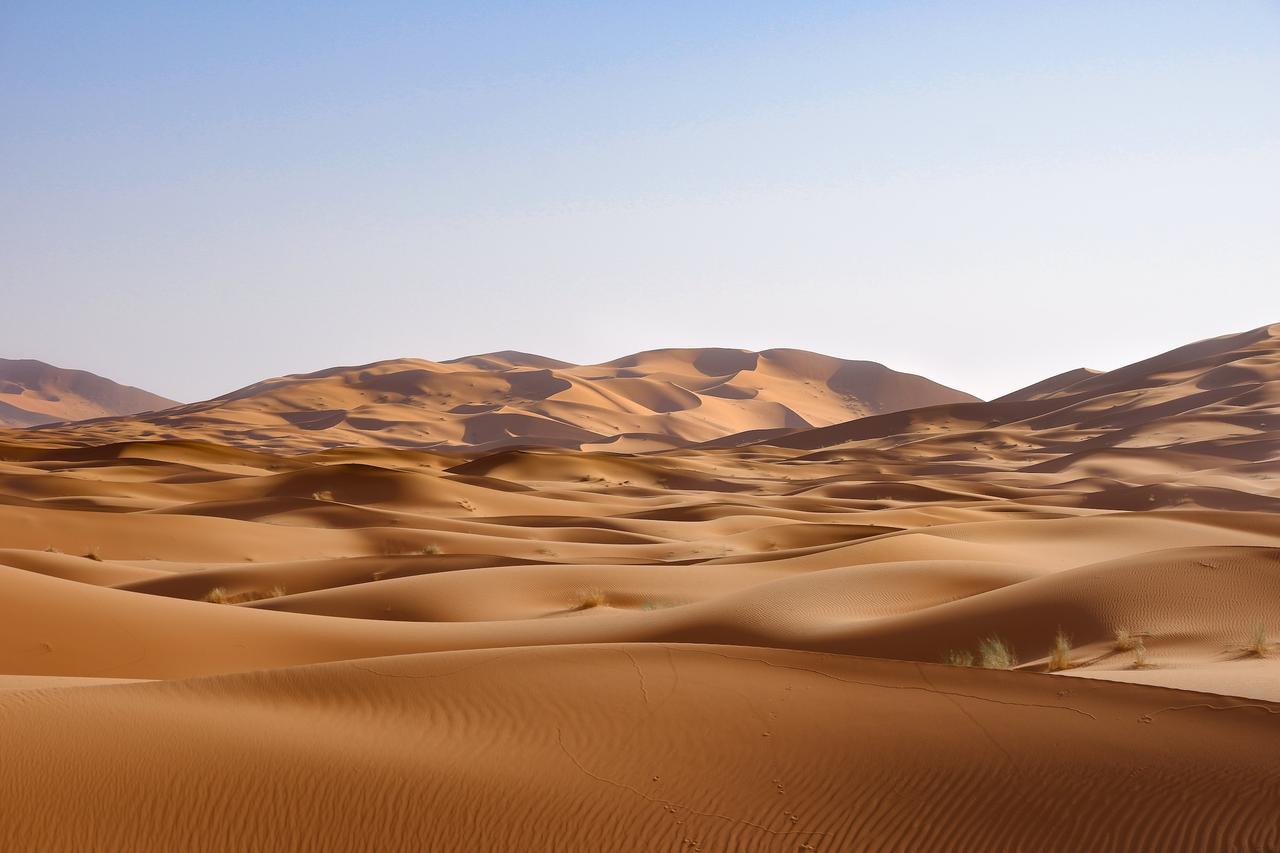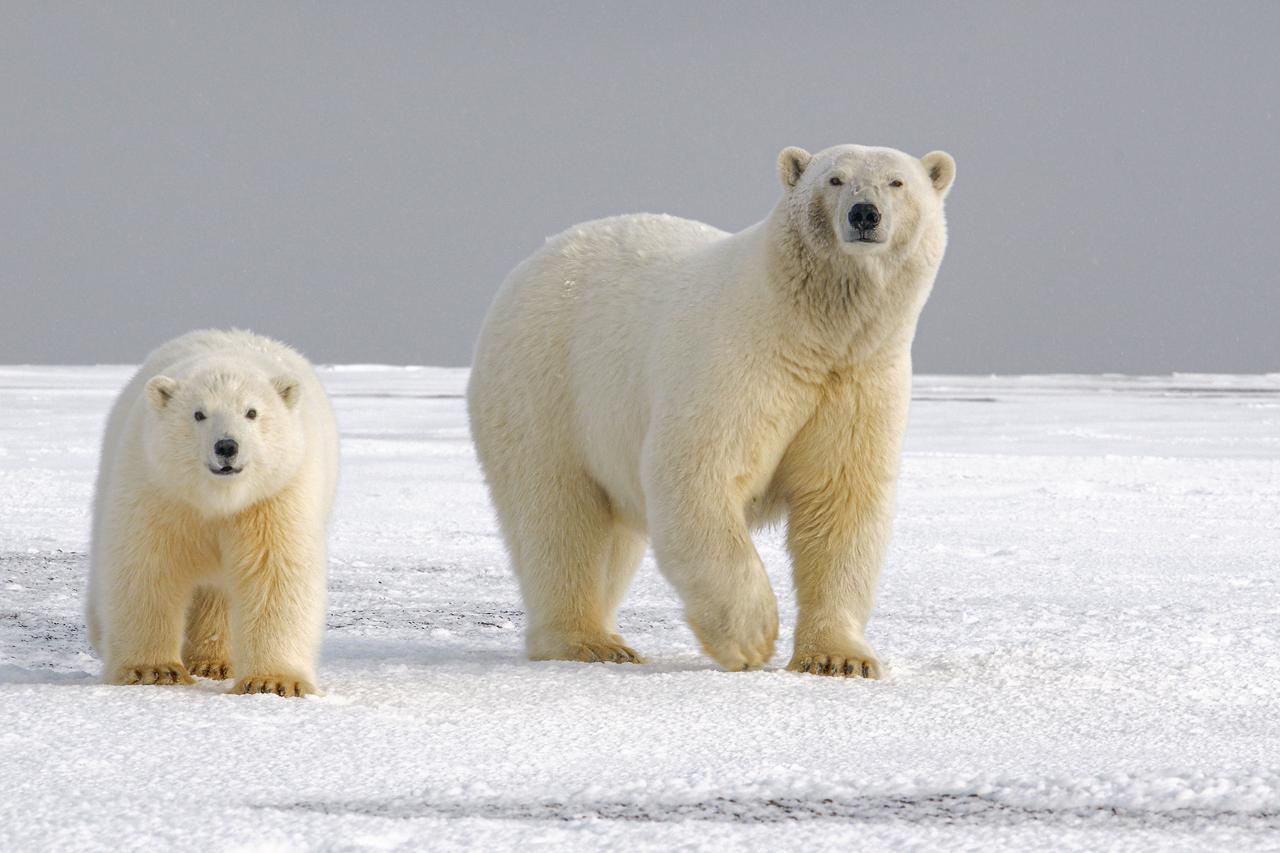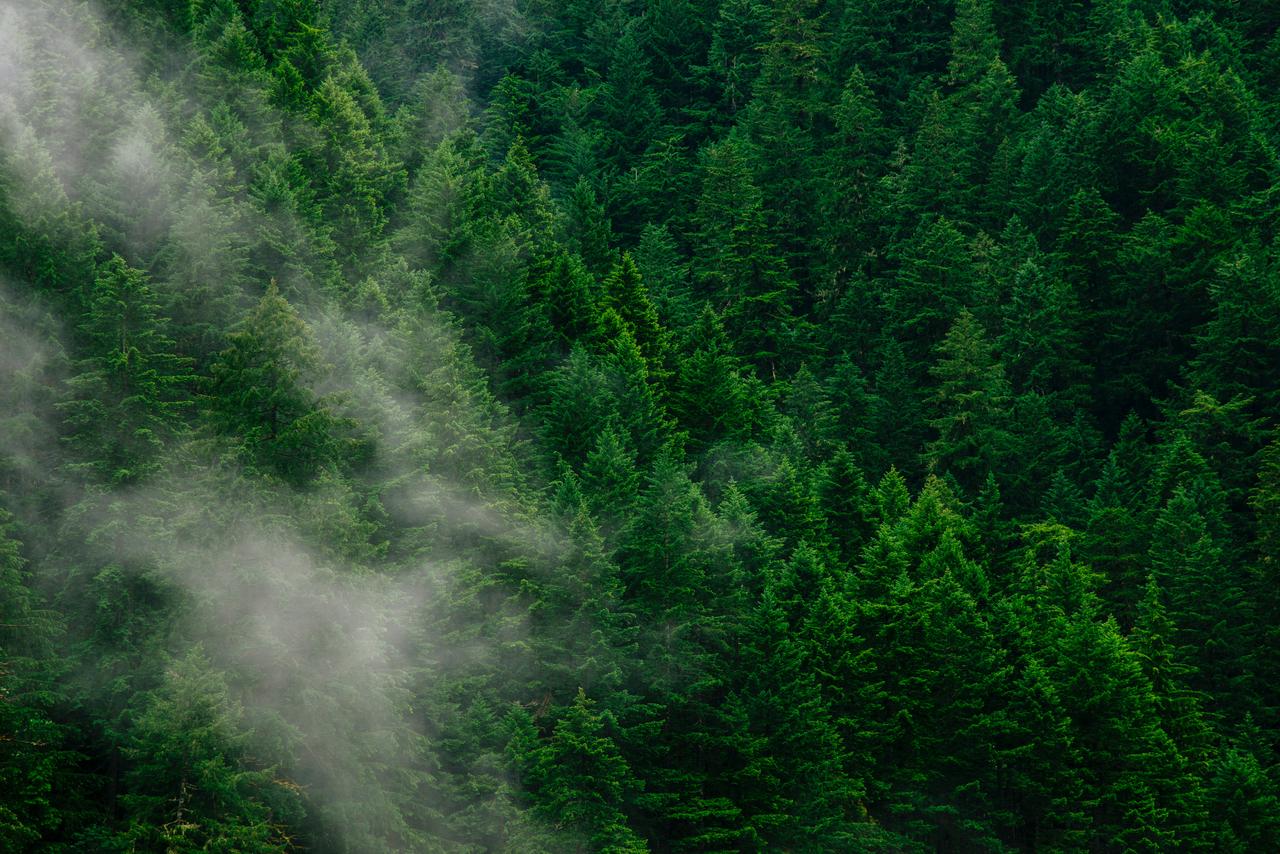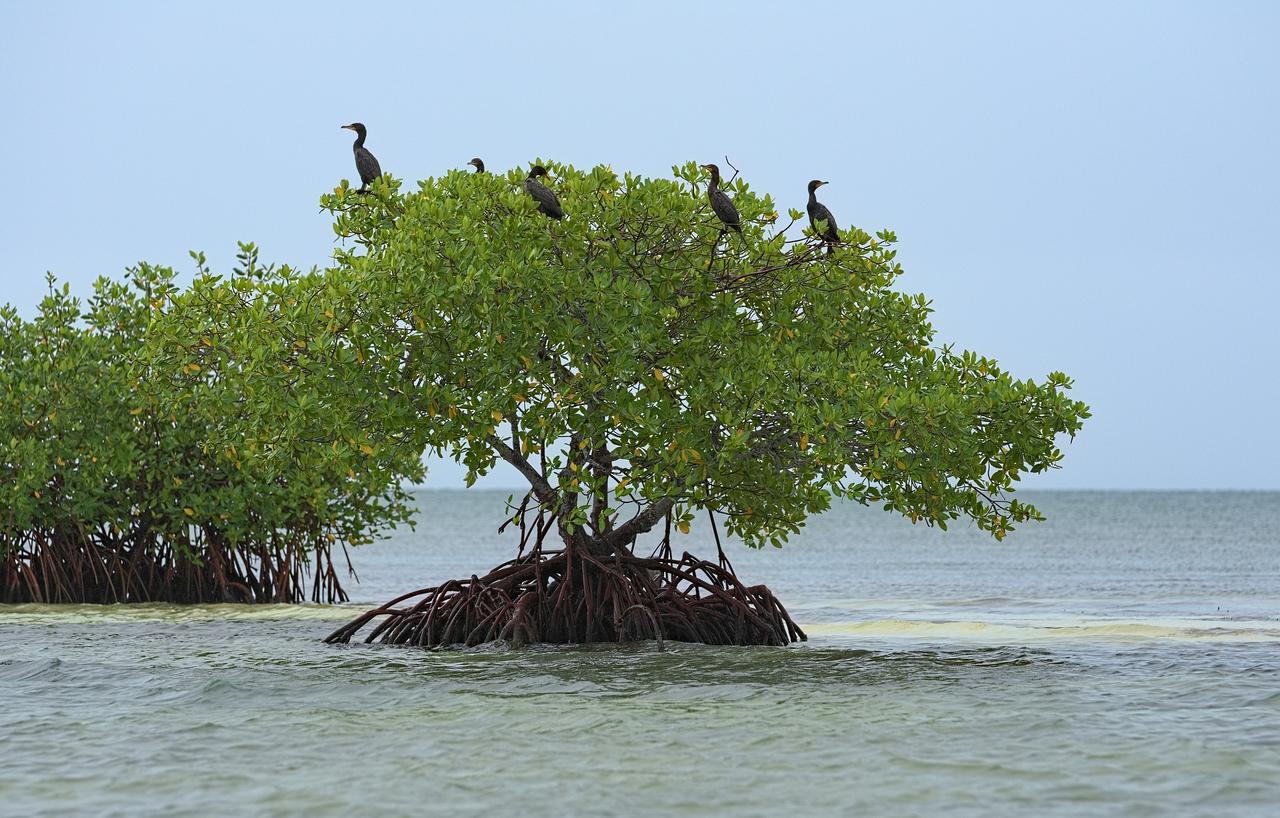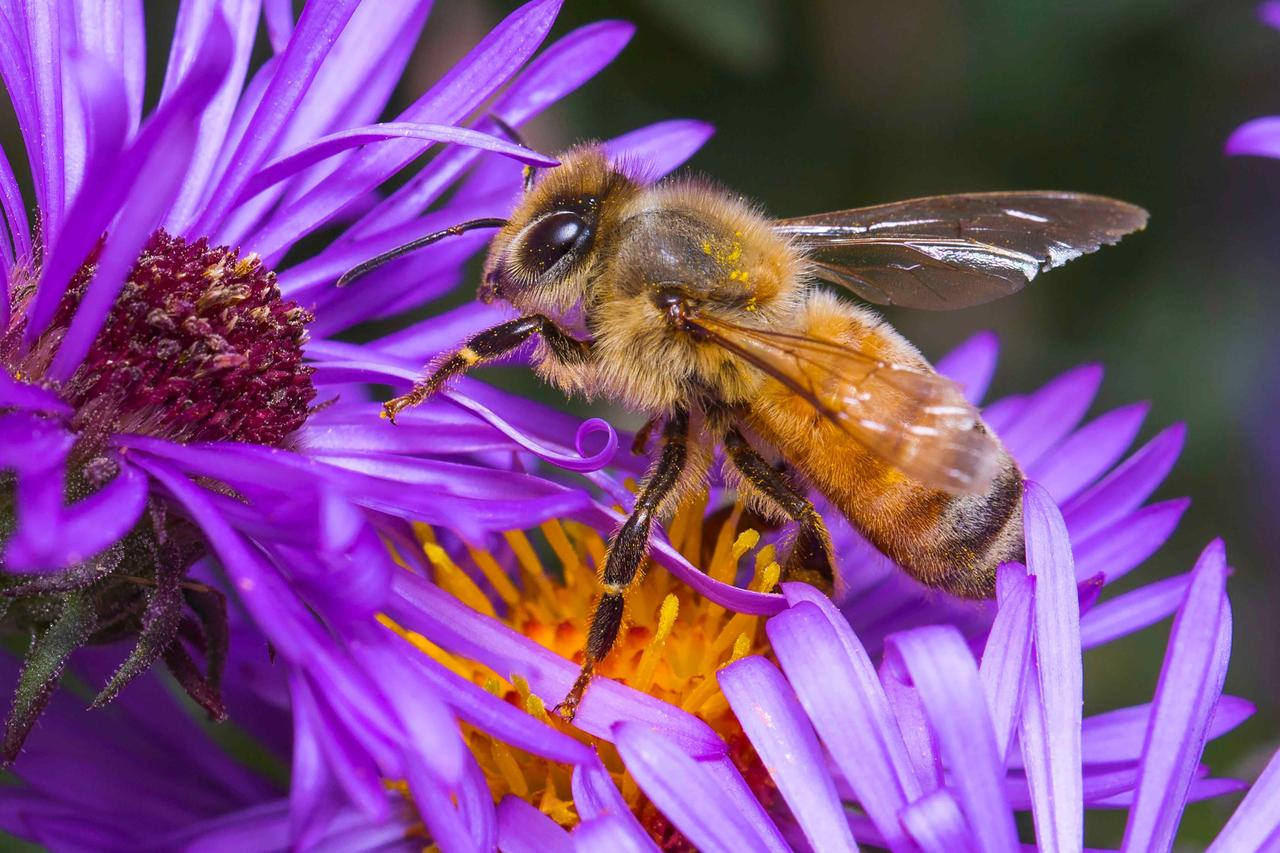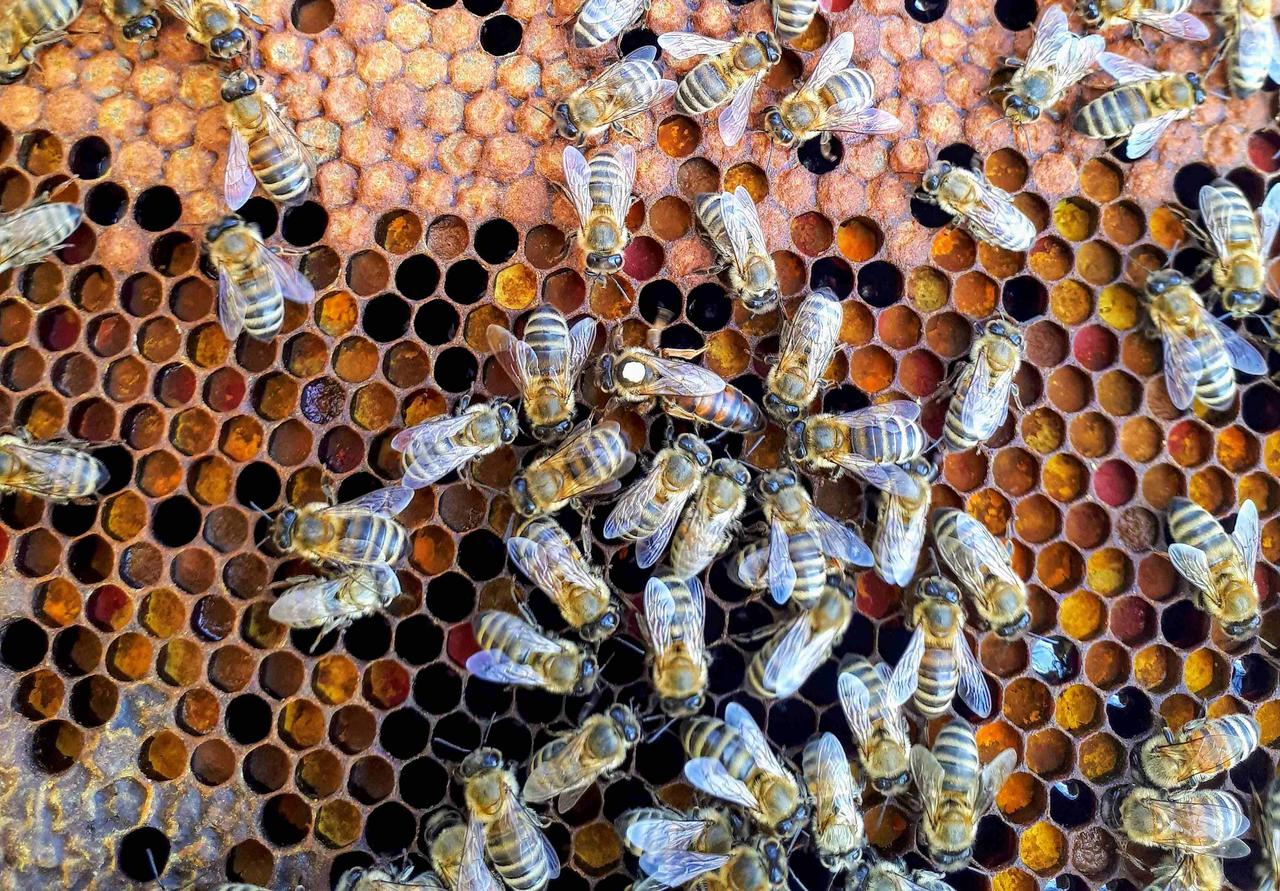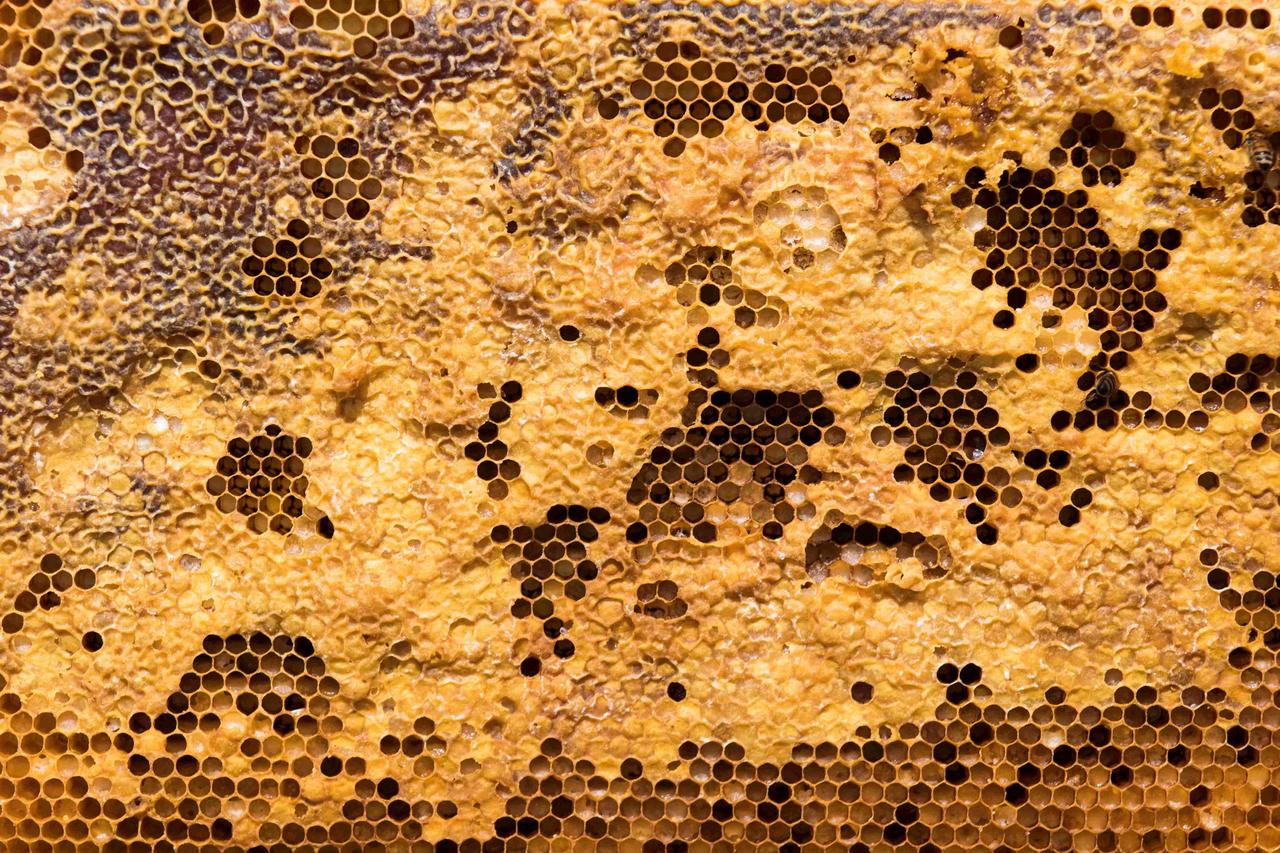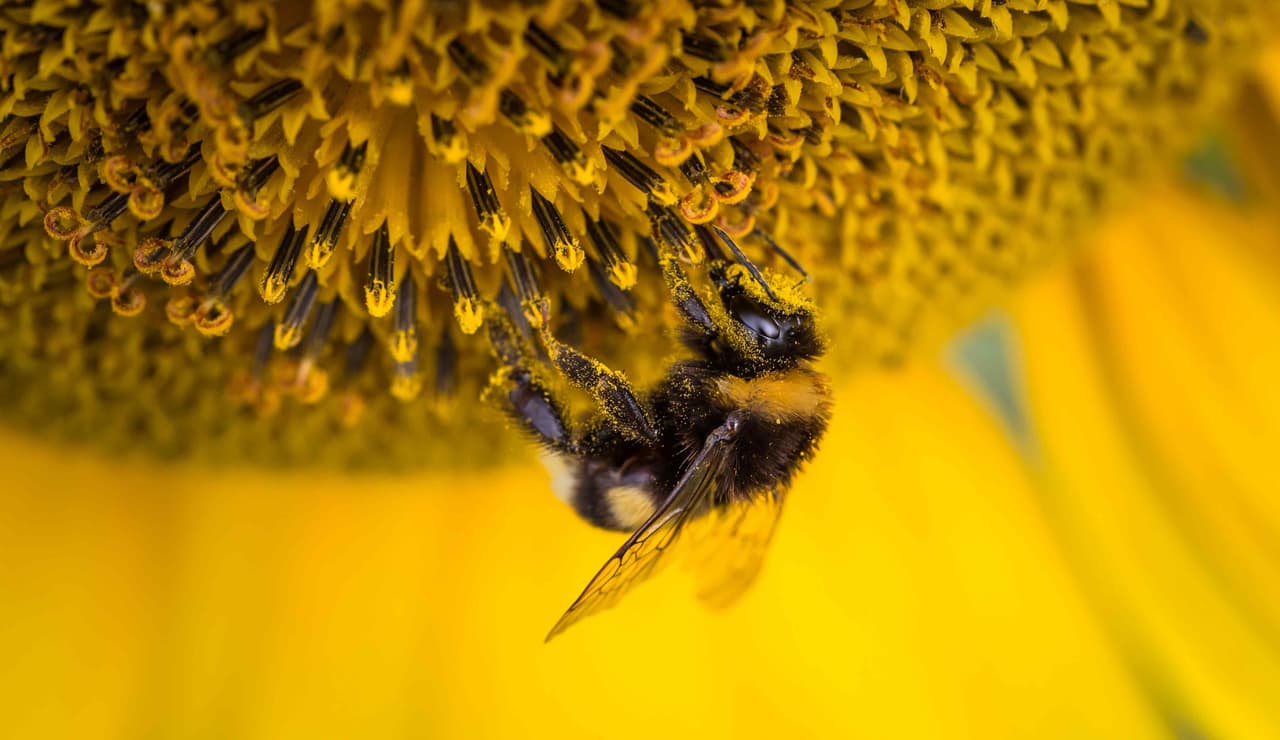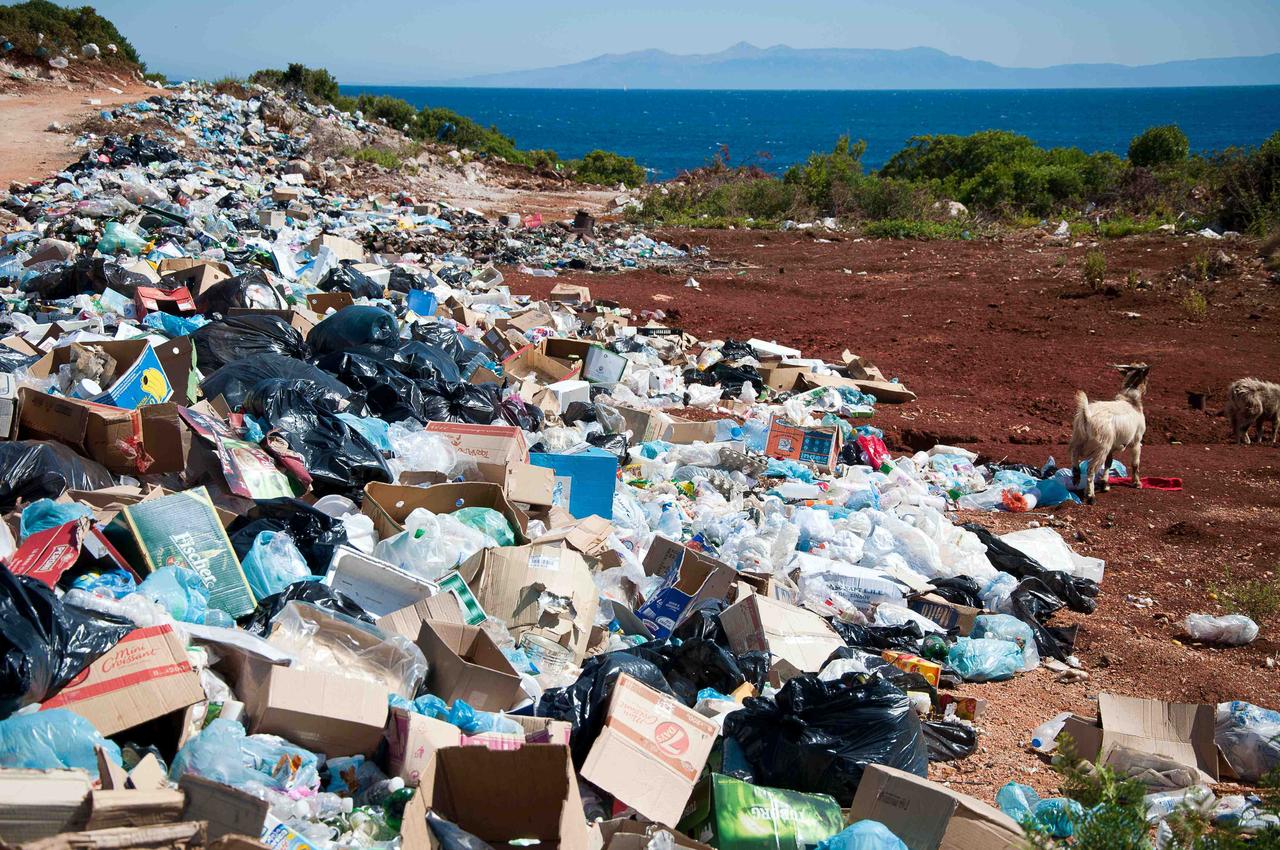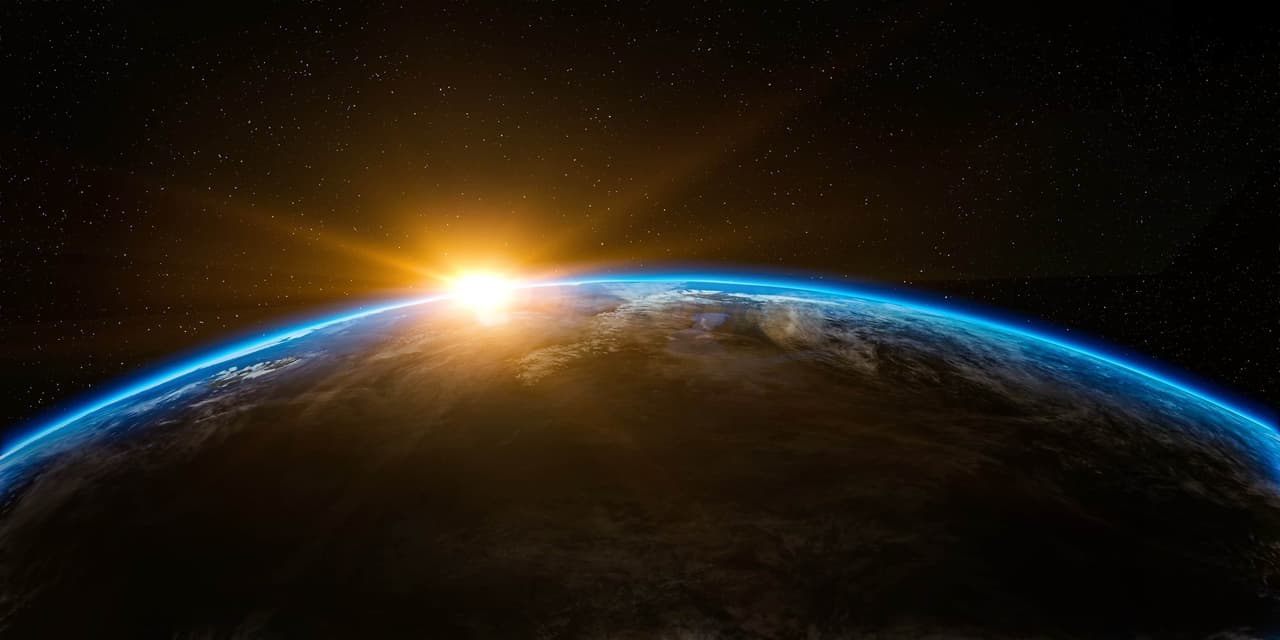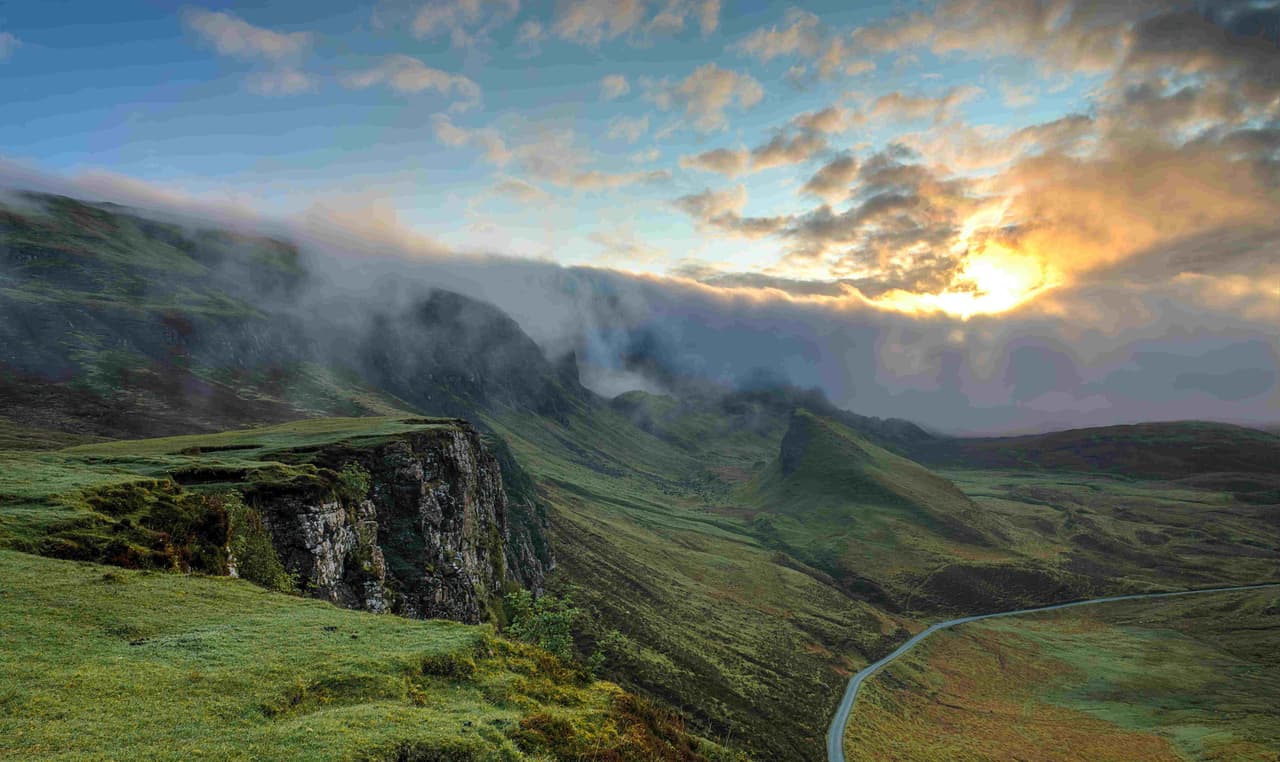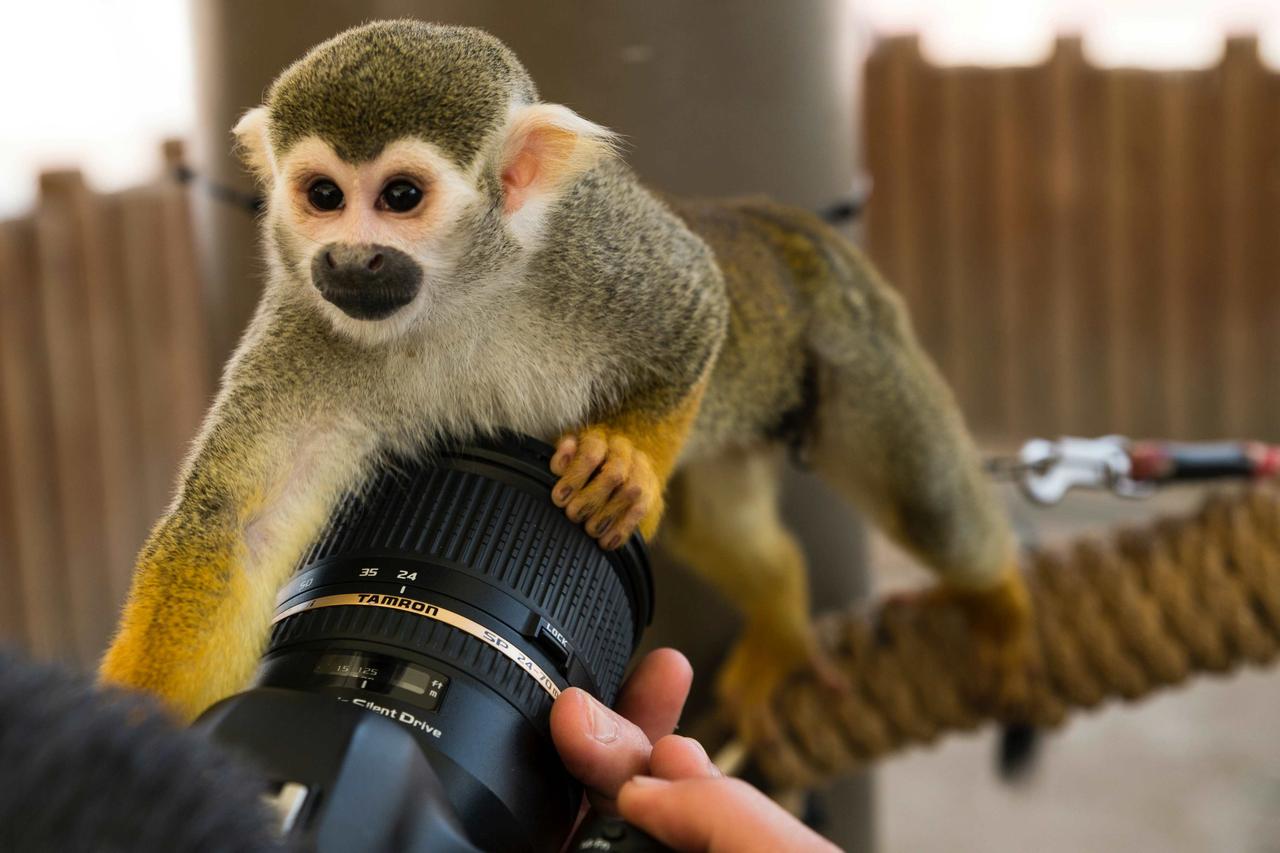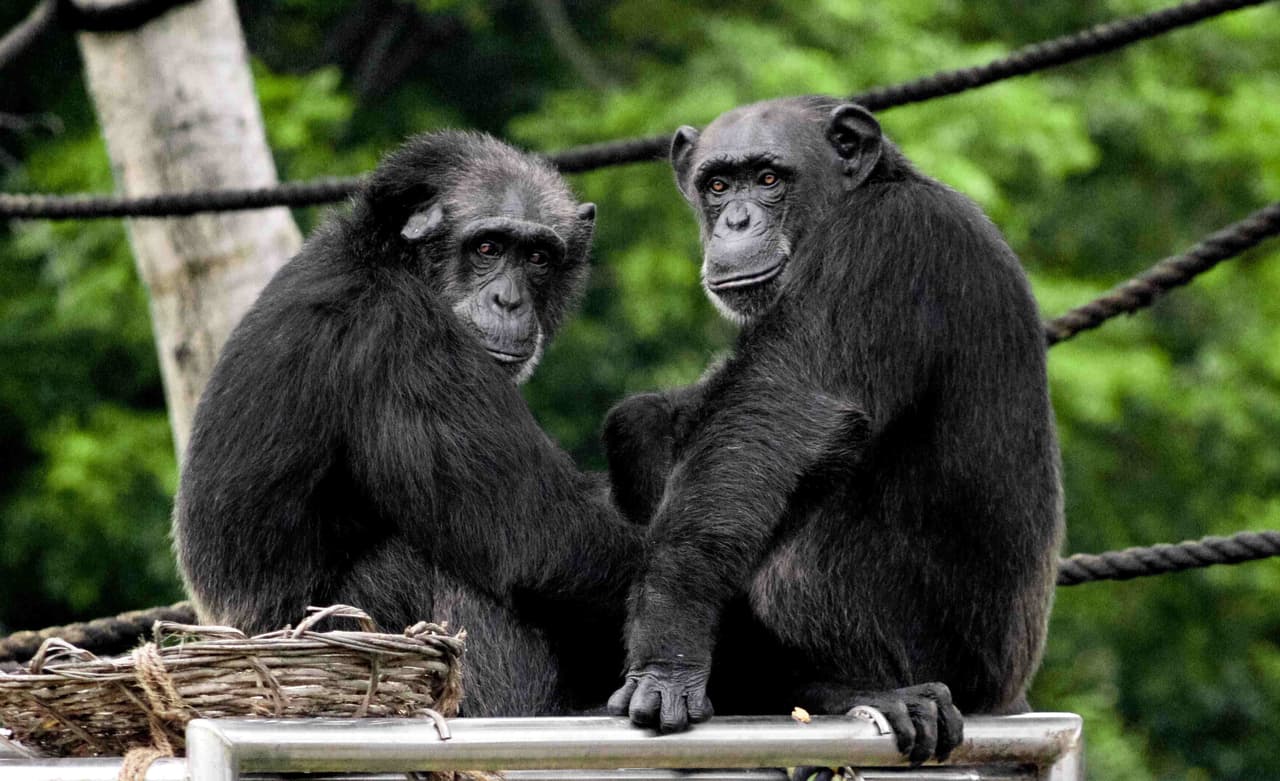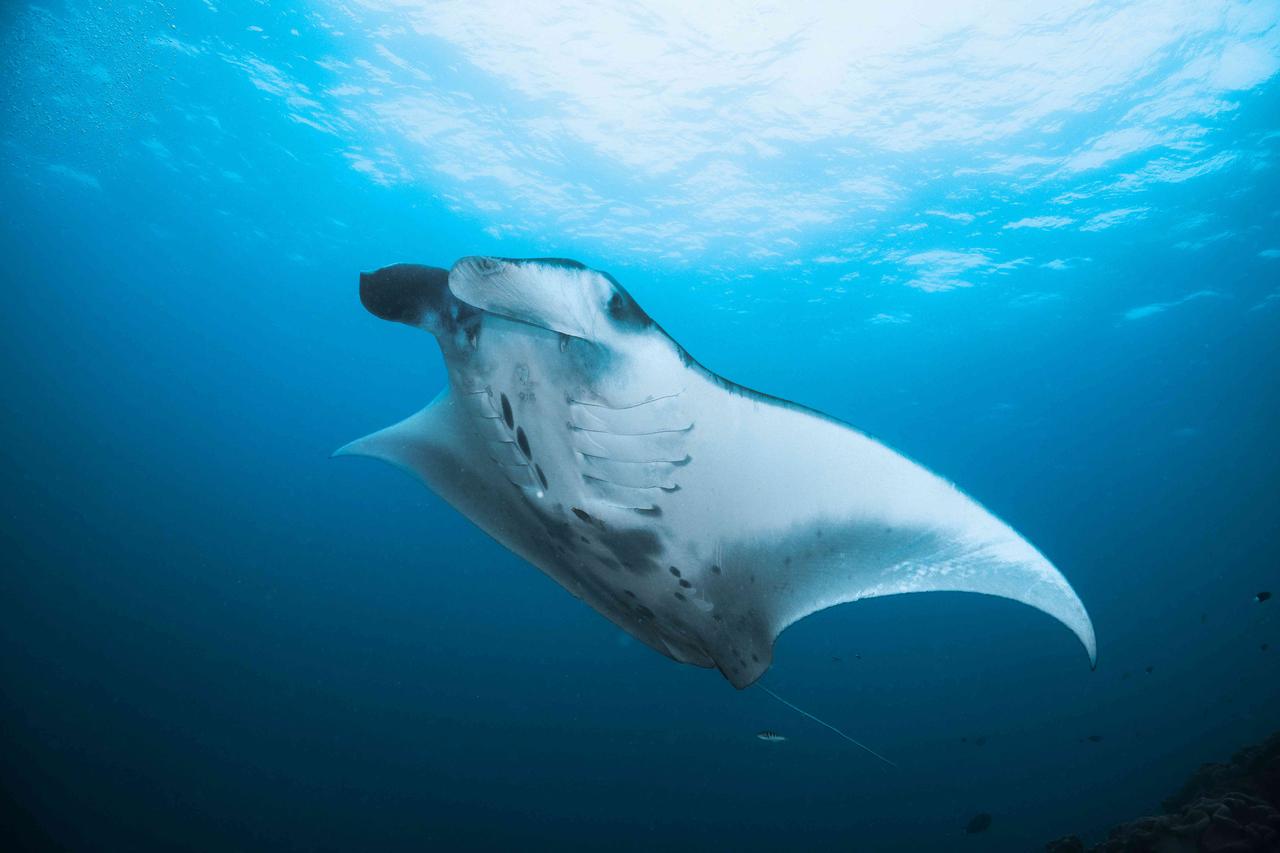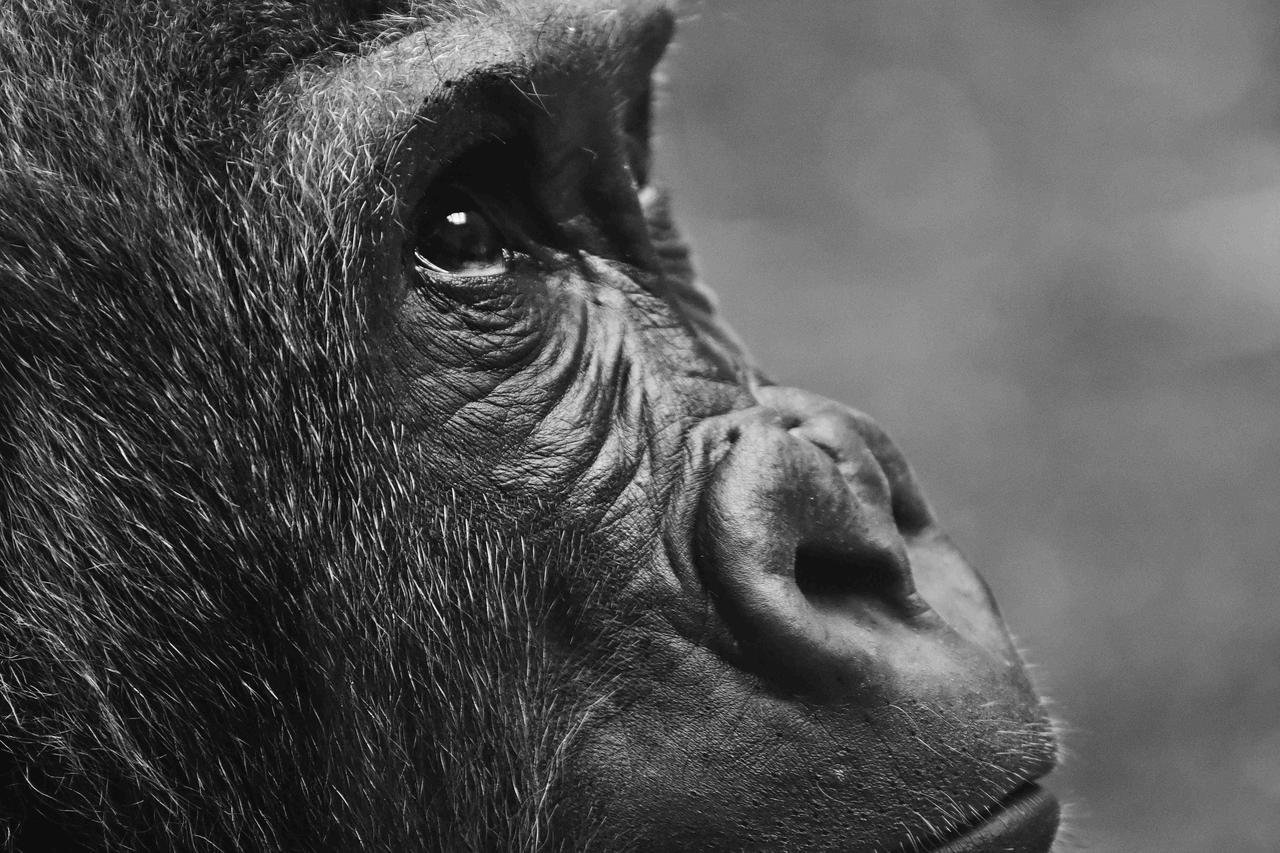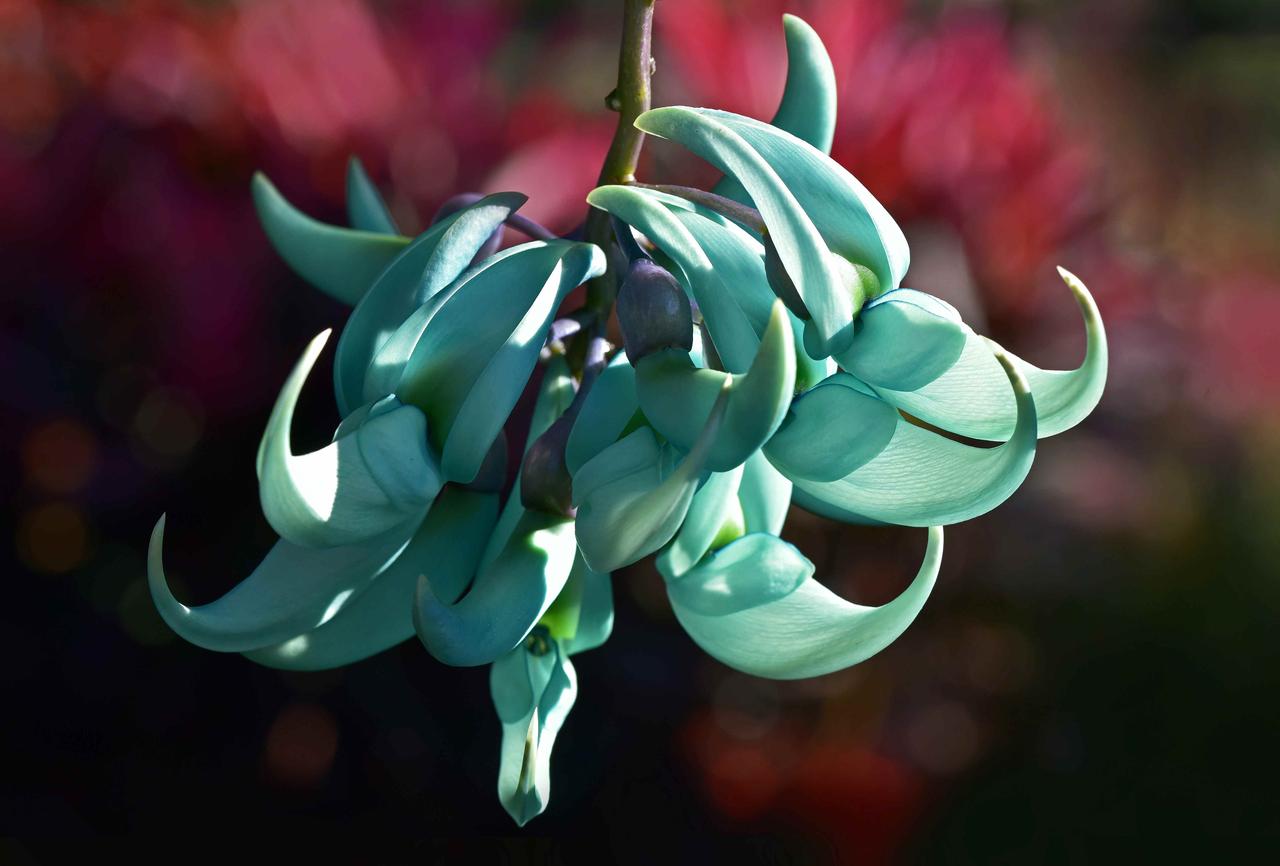
Without habitats, life on Earth wouldn’t be able to survive. But today, we are losing these vital spaces at alarming rates — with some experts suggesting we could lose a quarter of natural habitats by 2100.
From icy tundras to the swampy wetlands — every habitat is unique, home to hundreds and thousands of species, including us. While WORLD HABITAT DAY was originally established to recognize the human right to safe and secure shelter around the world — this month, at VAKOVAKO, we’re also recognizing the wild side of things, highlighting some of the natural habitats we are at risk of losing and the ways we can live in harmony with them to ensure the BIODIVERSITY within each persists.
Tundra
Resting beneath the ice caps from North America all the way to Asia, the tundra is known for being excruciatingly cold — reaching -40 degrees Celsius (-40 degrees Fahrenheit). Despite the harsh temperatures, an estimated four million people live in the tundra in various regions, in addition to nearly 2,000 plant species, and 48 species of land mammals. Global warming, which is contributing to the melting of permafrost, is radically altering — and destabilizing this habitat.
Wetlands
Wetlands are an abundant habitat, located in almost every continent. The only exception is Antartica, where it is too cold. 30% of all wetlands are located in North America, the highest concentration of wetlands in the world. Roughly 400 million people live in wetlands worldwide, along with 100,000 animal species. Due to human activity, these habitats are one of the fastest disappearing — nearly 50% have been lost since 1900.
Grasslands
With the exception of Antarctica, grasslands are abundant worldwide. And these habitats sometimes go by different names. If you're looking for a grassland in Africa — it will be called a savanna or veldt. Other names for grasslands include steppes (Asia and Europe), and pampas (South America). Because of their fertile lands and vast expanses, grasslands are appealing to agricultural development. While this helps sustain human life, these practices have made it unsustainable for the many species who call these habitats home.
Urbanization
Yes, cities are habitats. And 57% of the entire world is covered with them. As the human population continues to grow, so too does the demand for more urban spaces. It’s estimated that by 2030, 60% of the world will be urbanized, encroaching further into wildlife habitats. Despite this, many species have adapted to urban living — and in places which were once considered disaster zones, many have shown remarkable signs of rebound.
Still, there is an urgent need to work together and find innovative ways to stop the driving forces behind habitat destruction and protect the rich BIODIVERSITY that originally called these wild places home.
___
Protect homes.
Protect habitats.
Protect BIODIVERSITY.
All month long with #VAKOVAKO.


